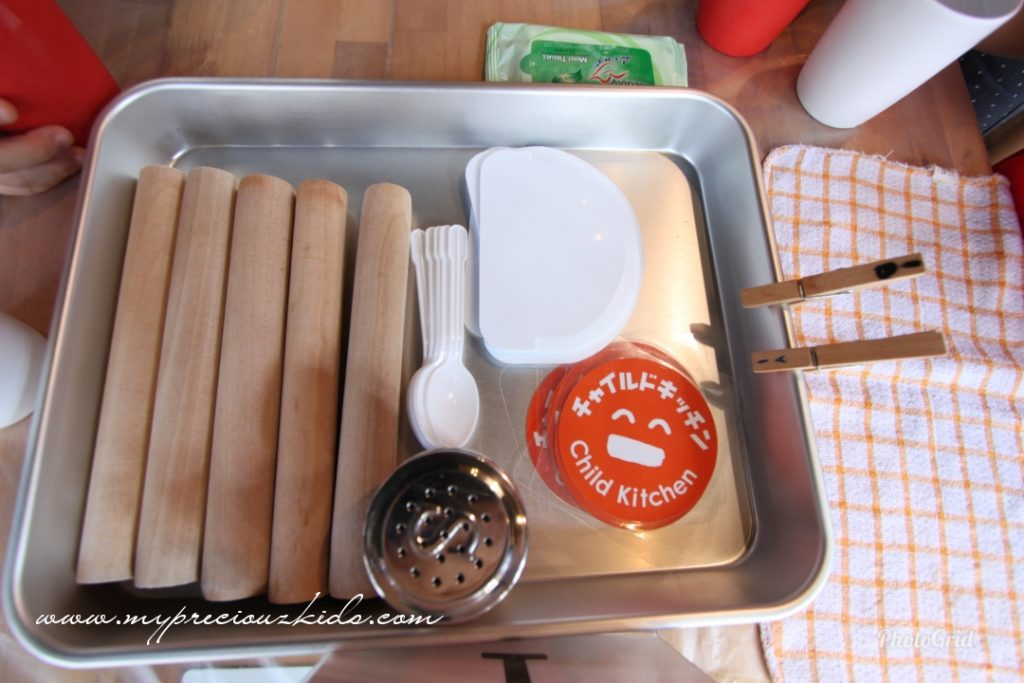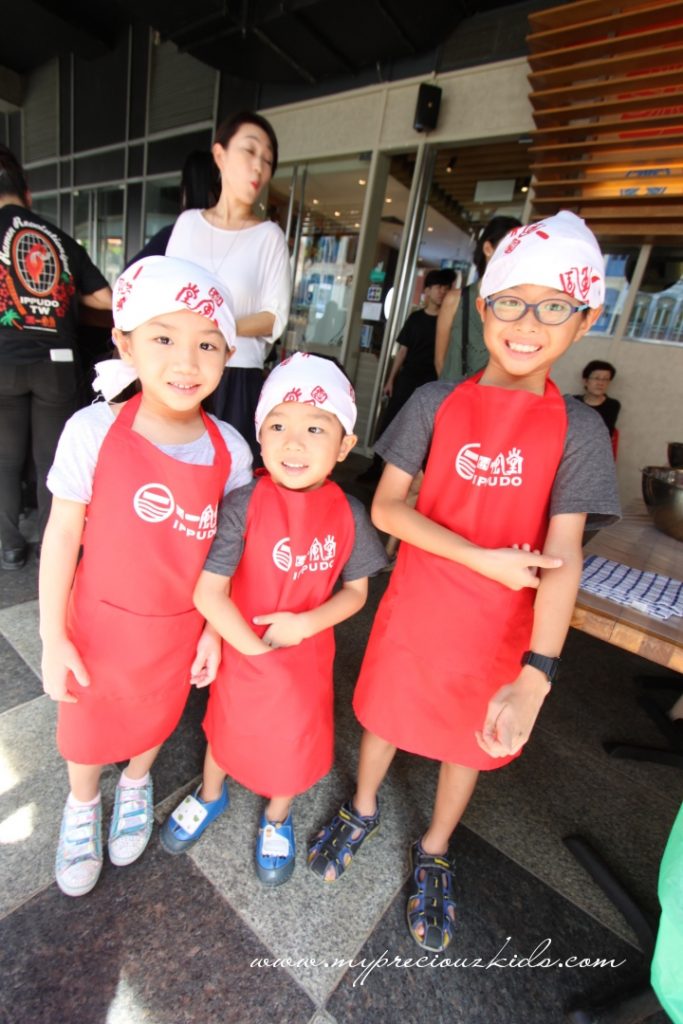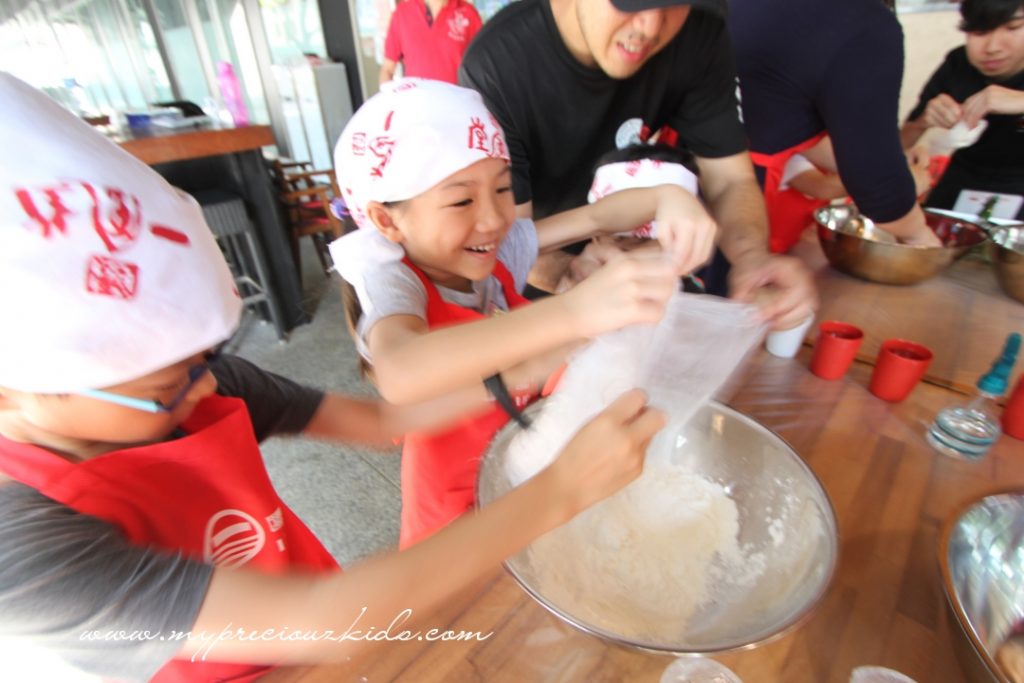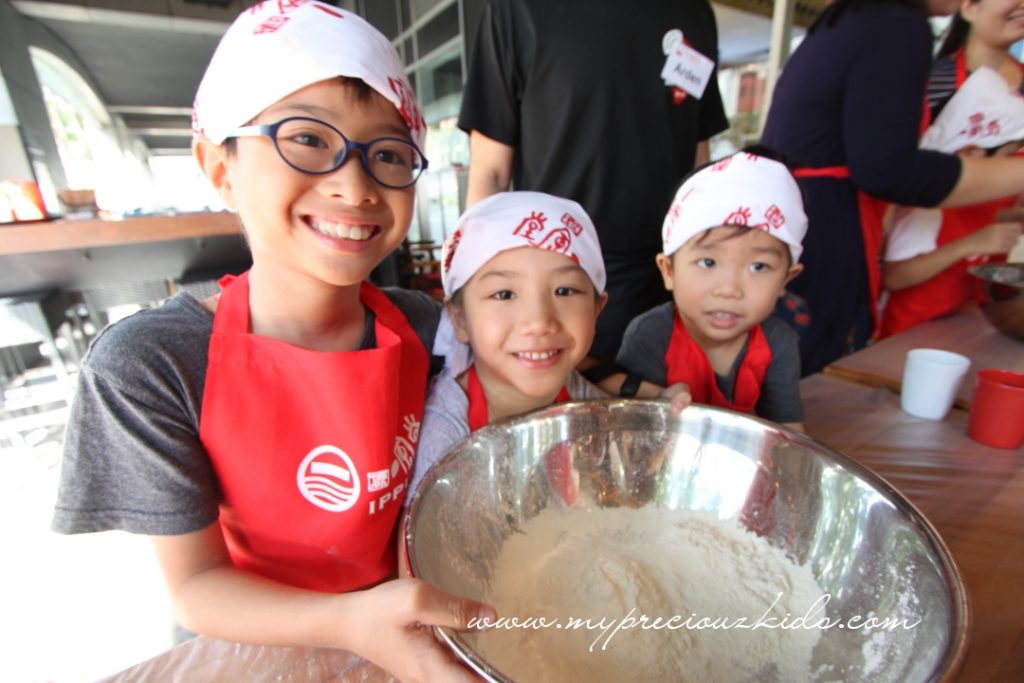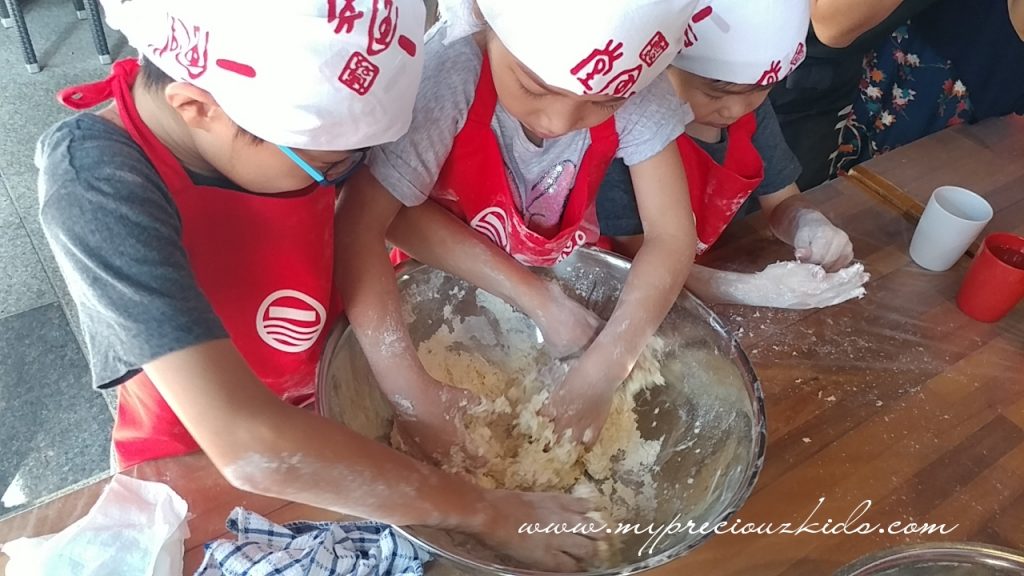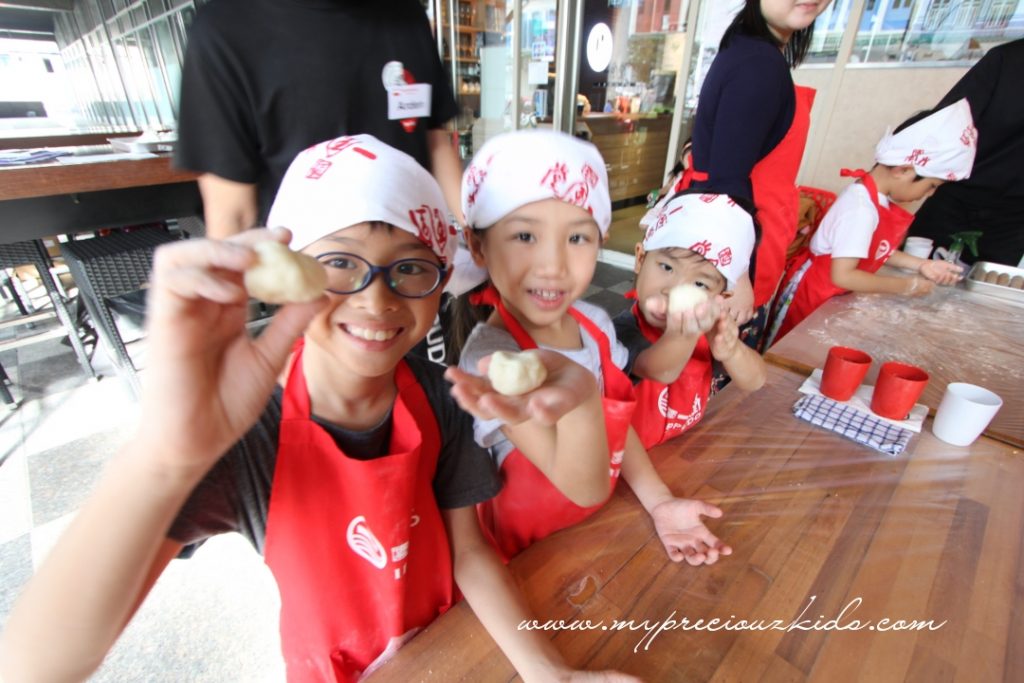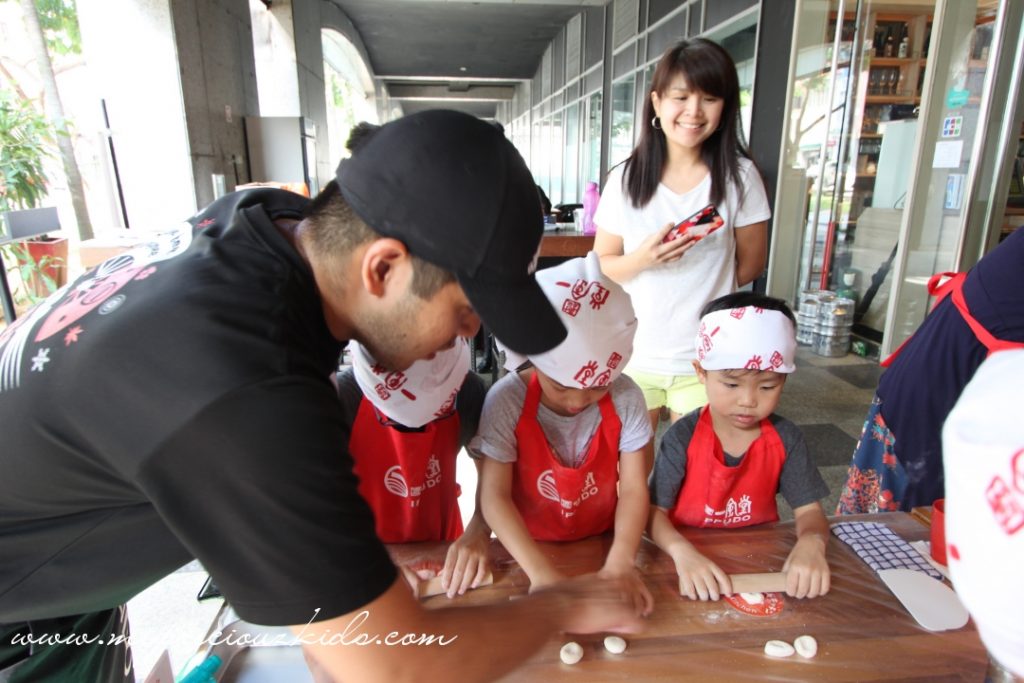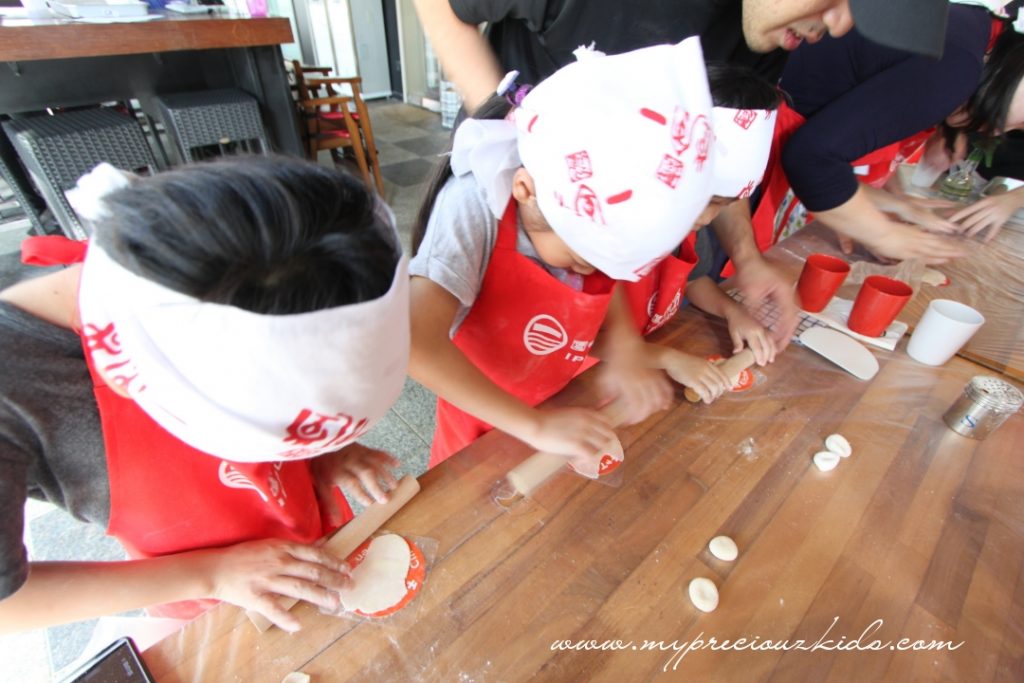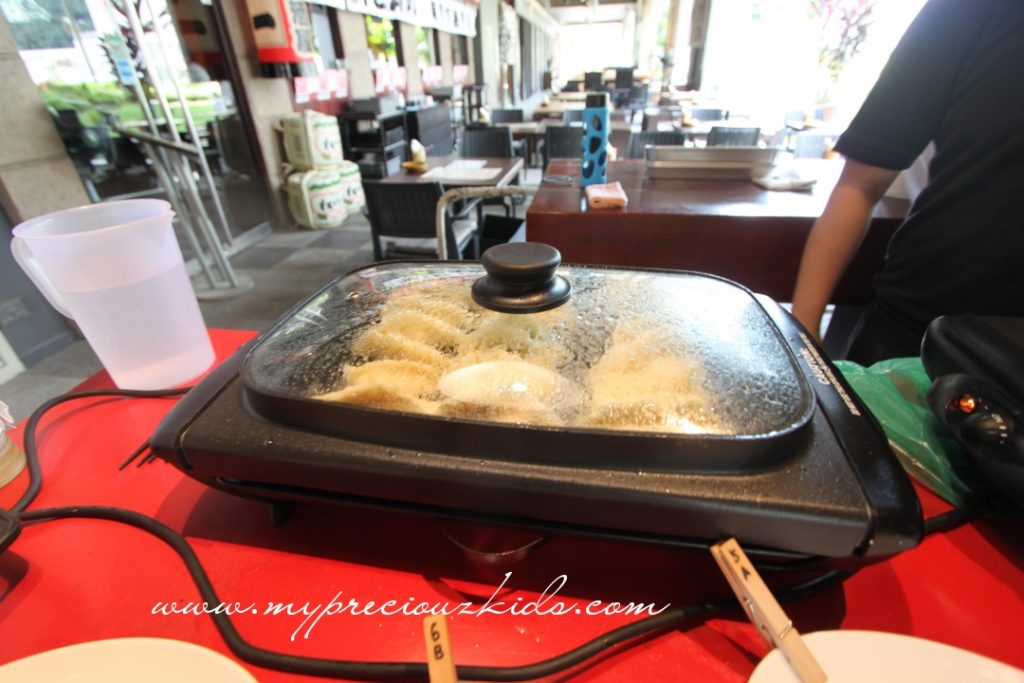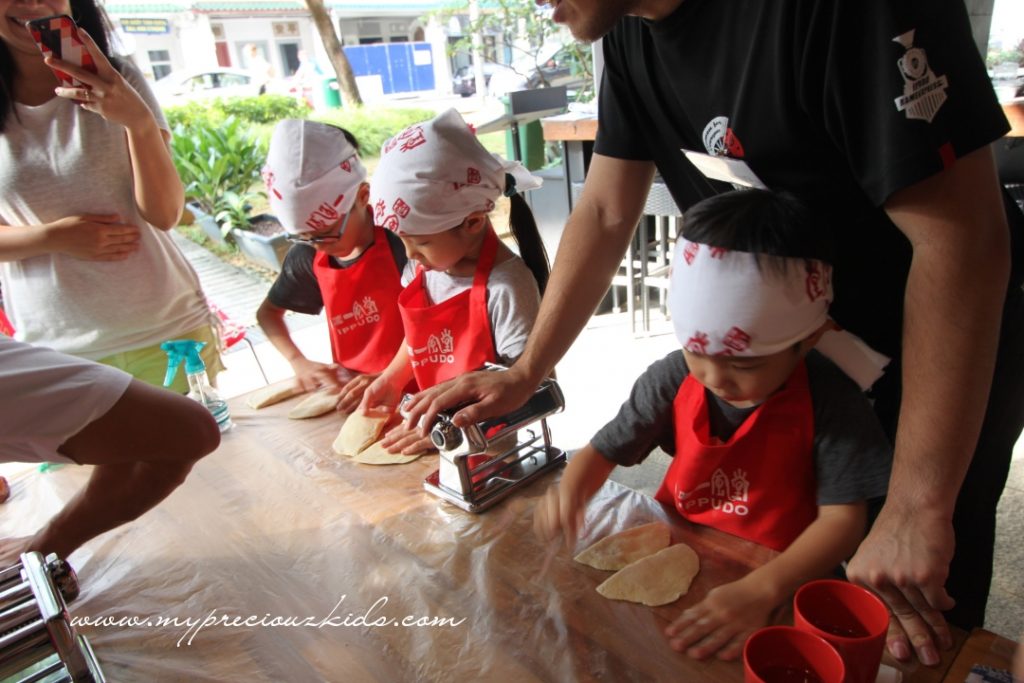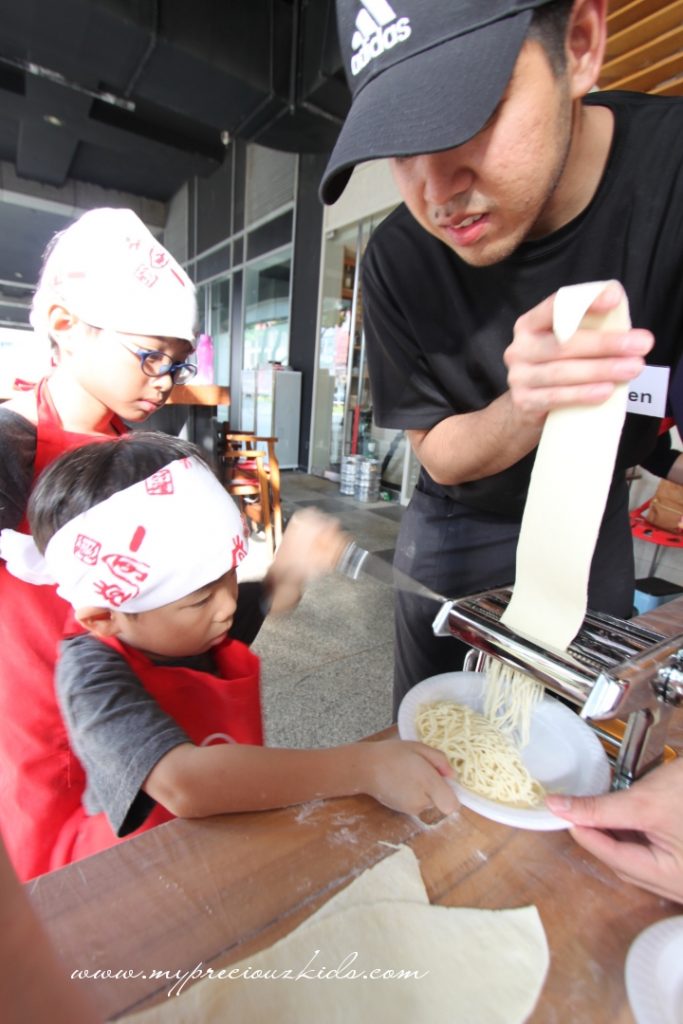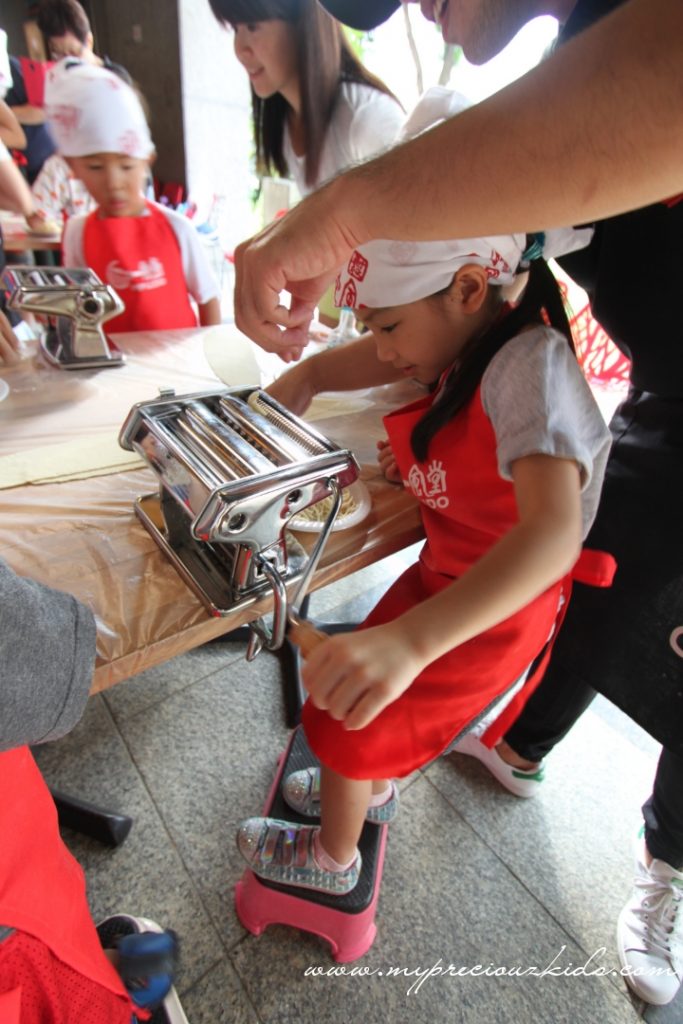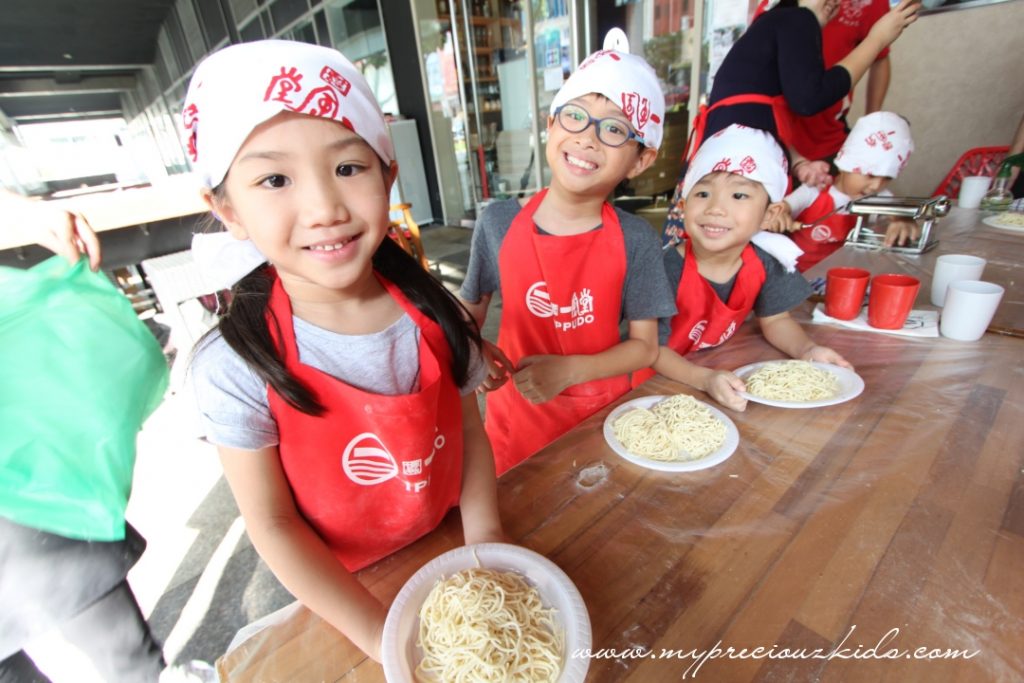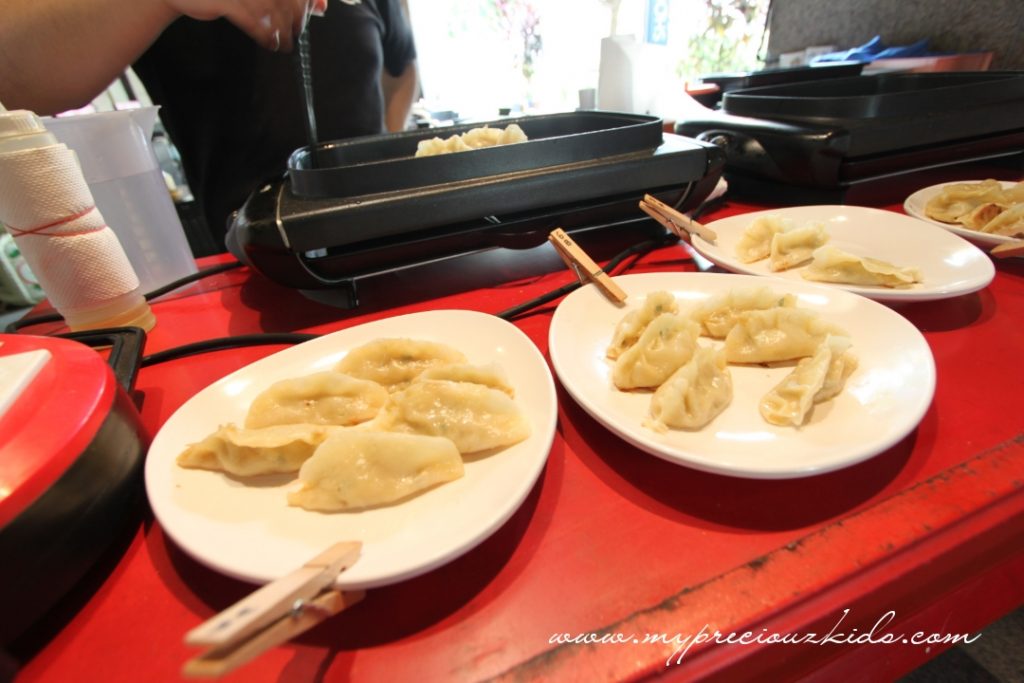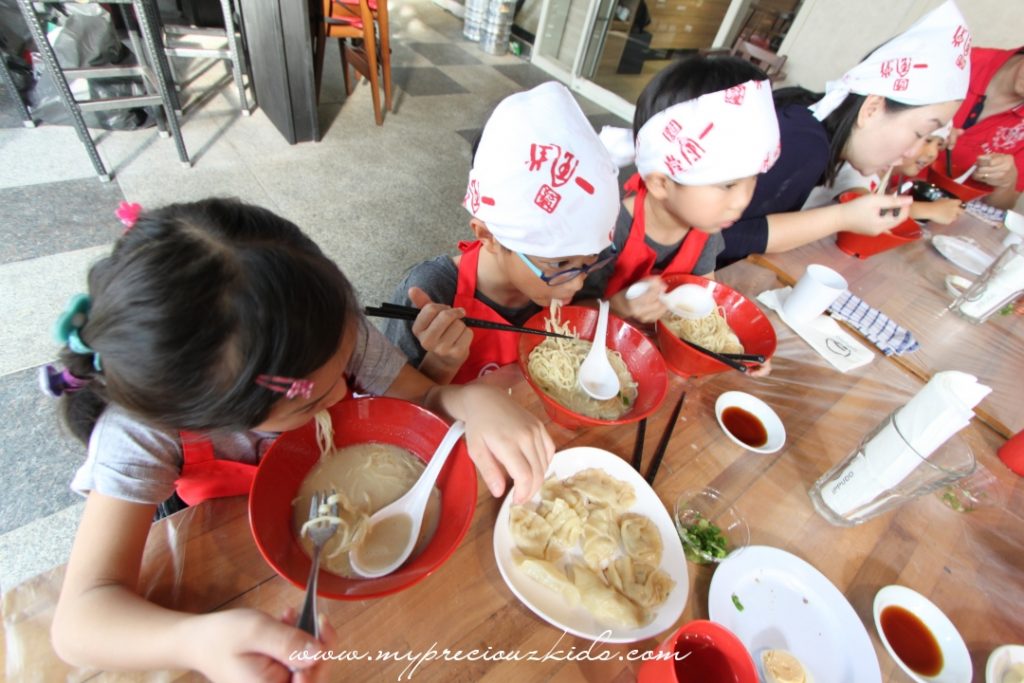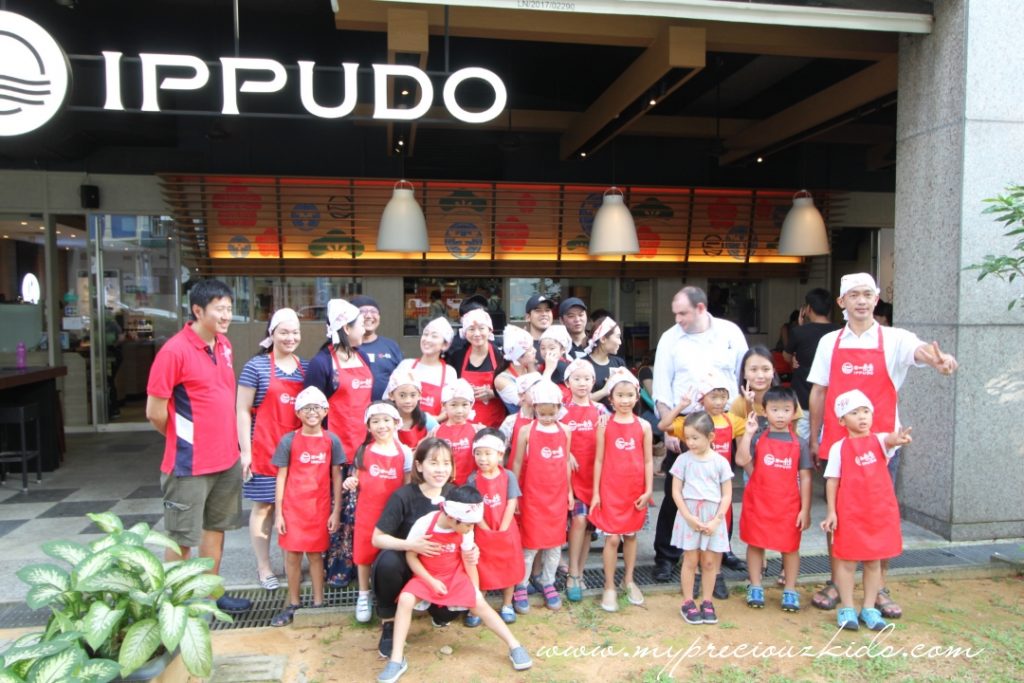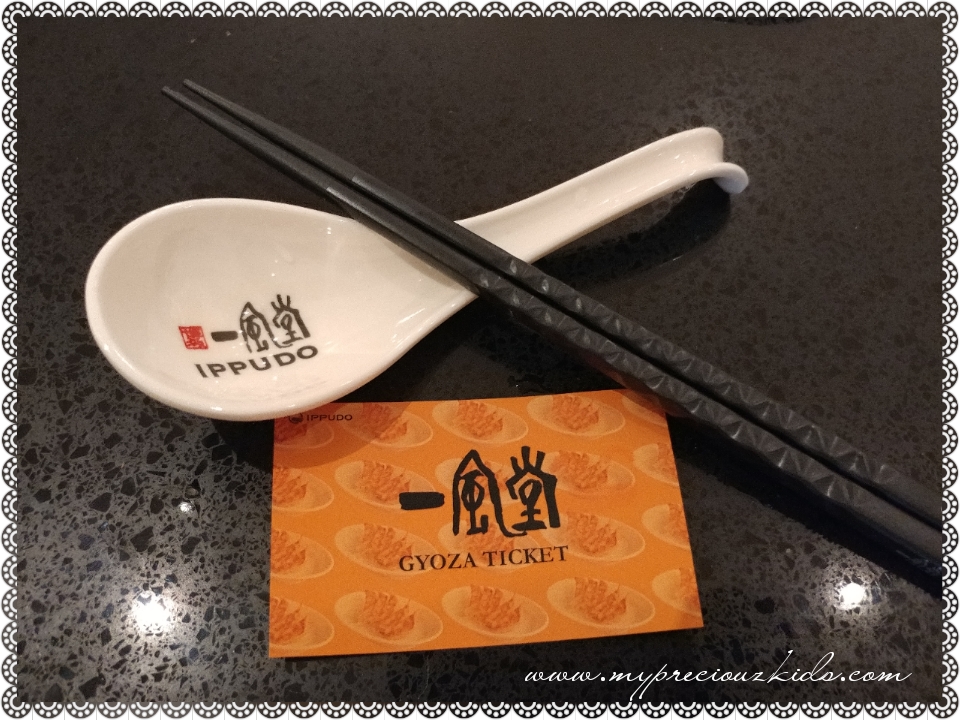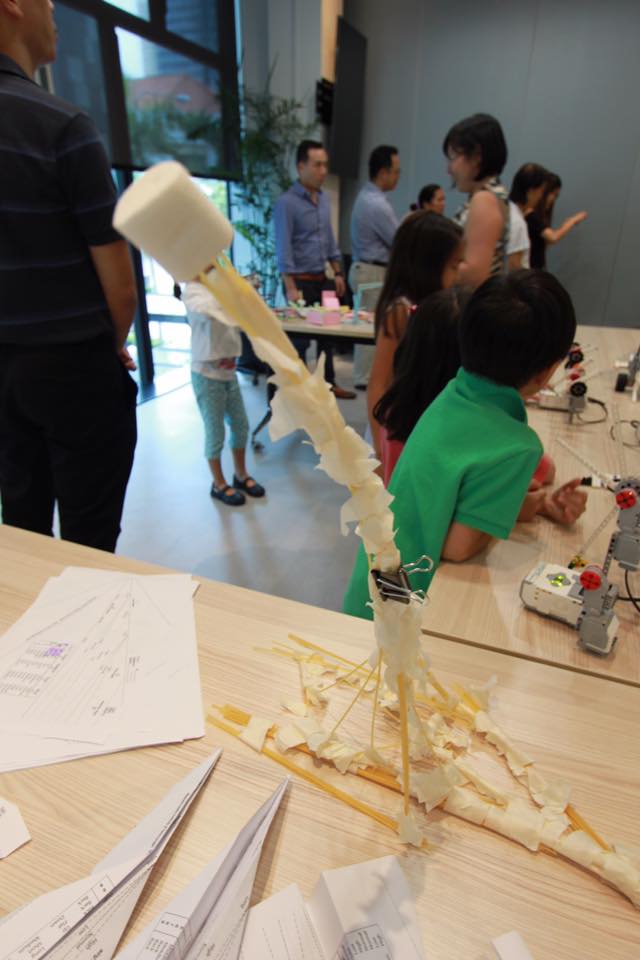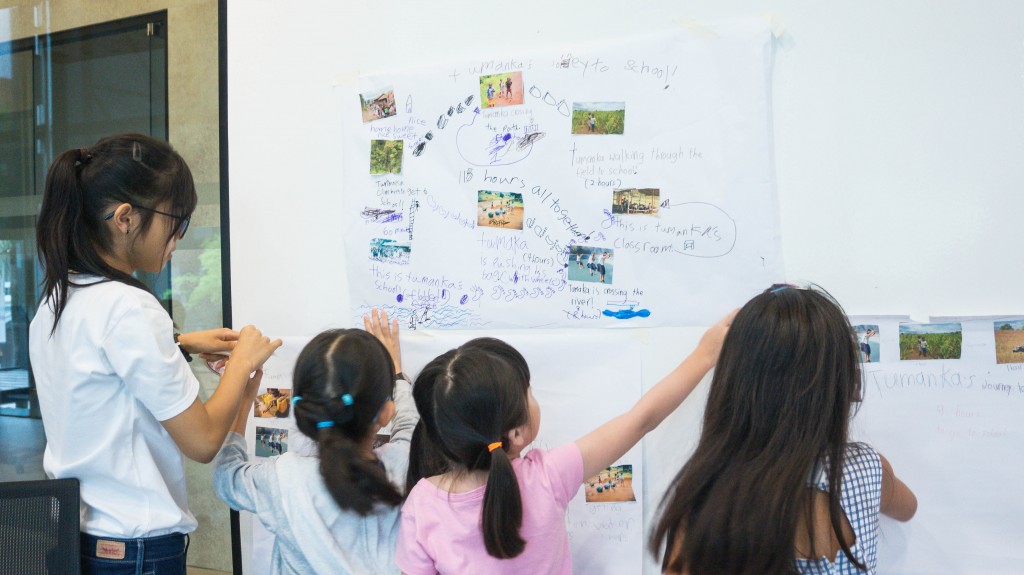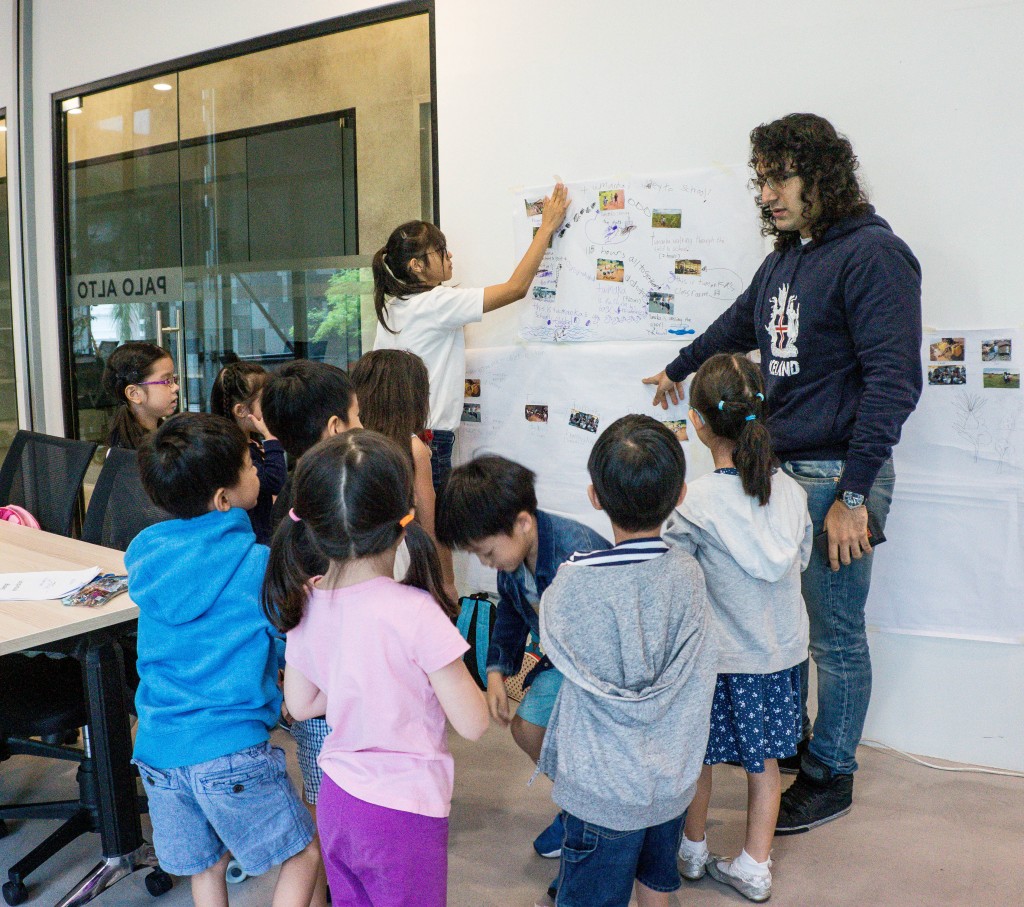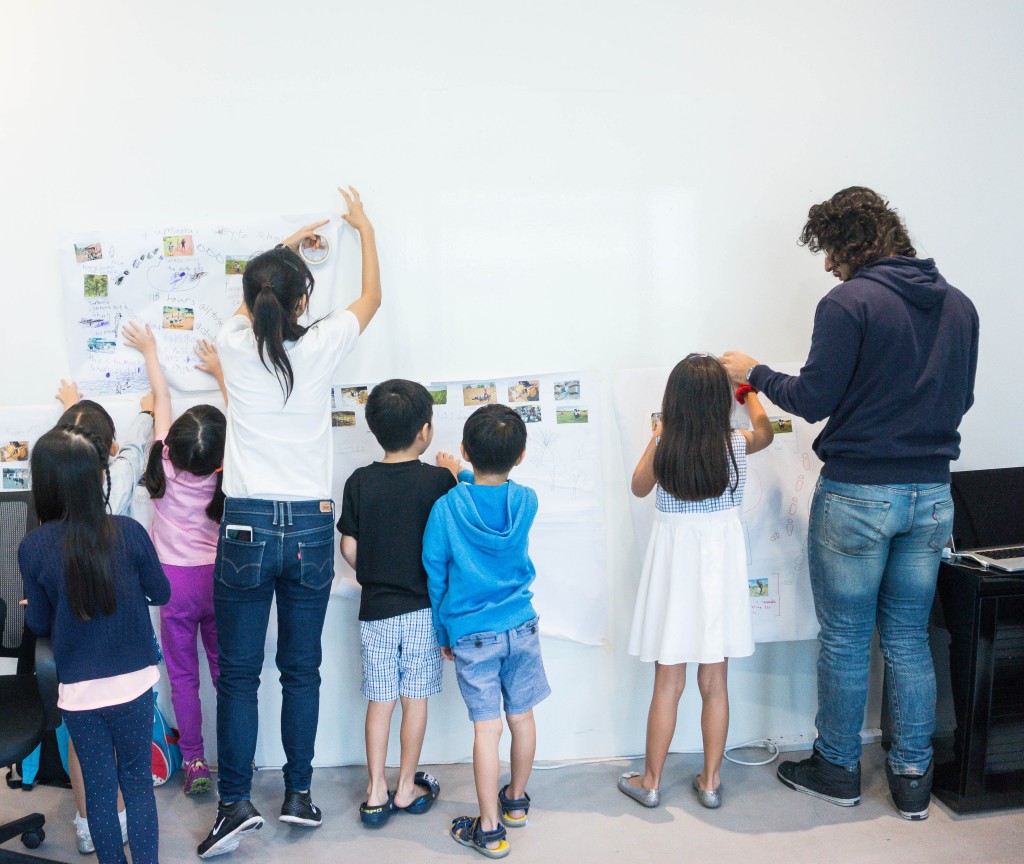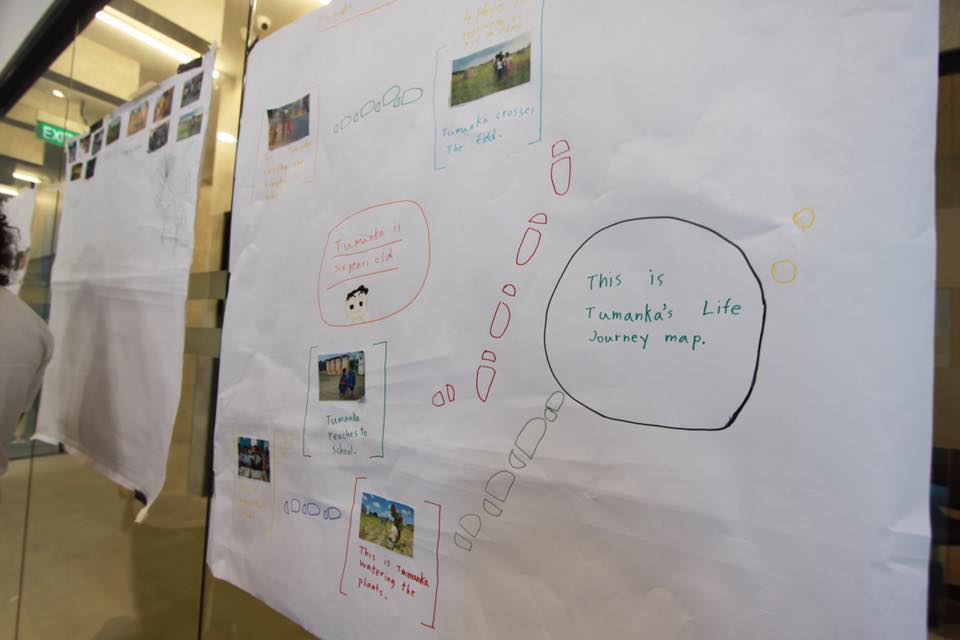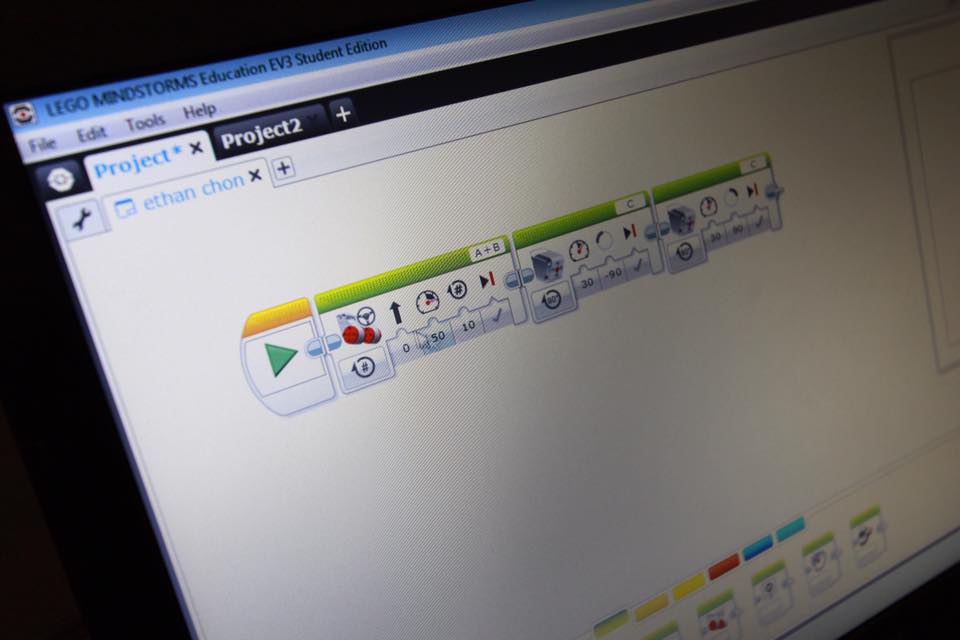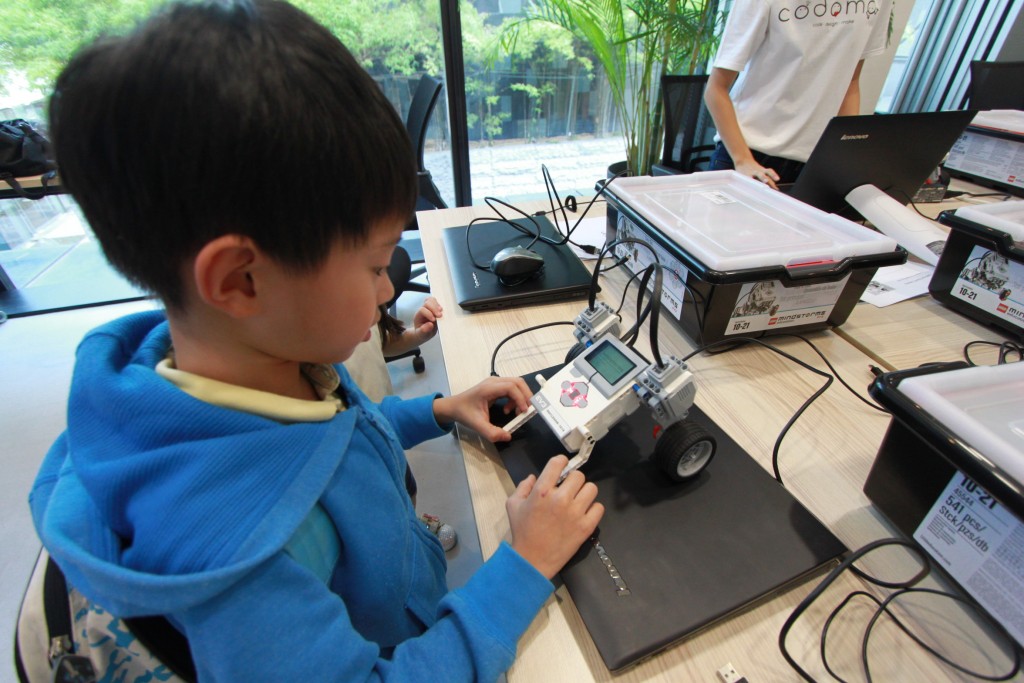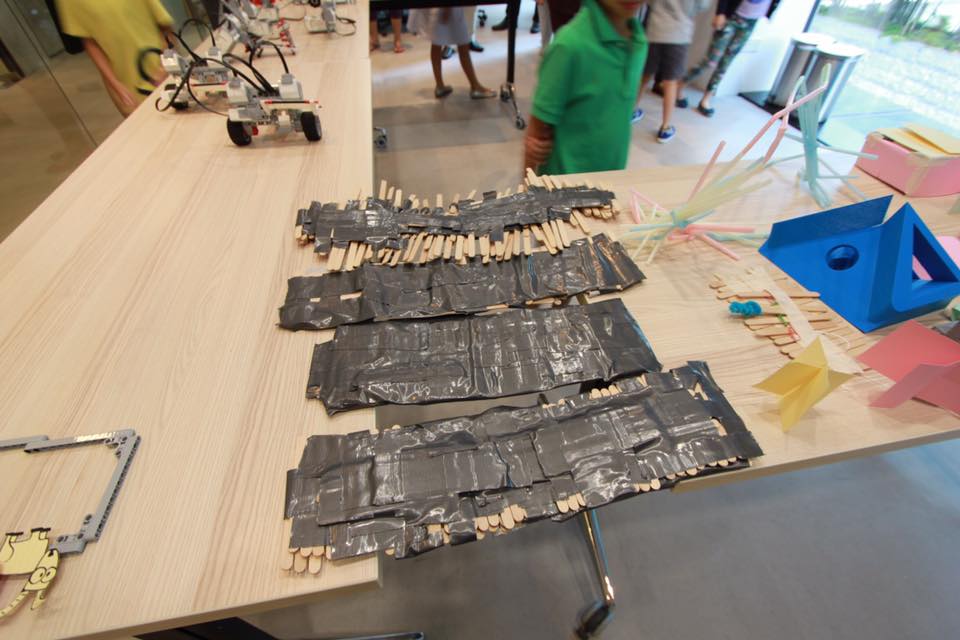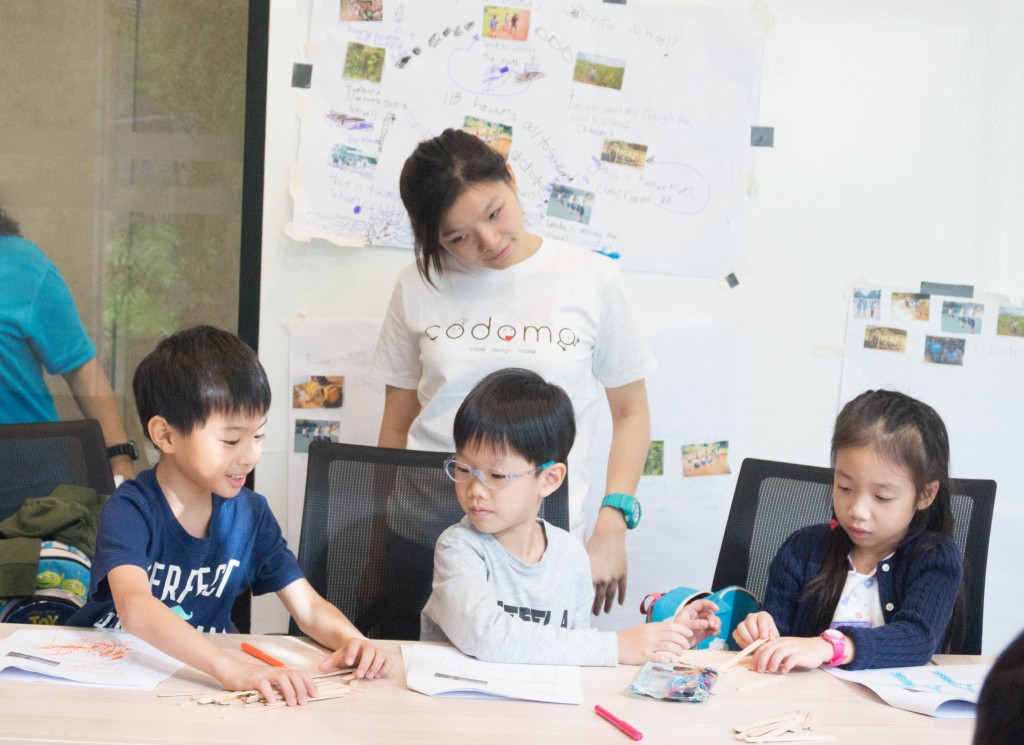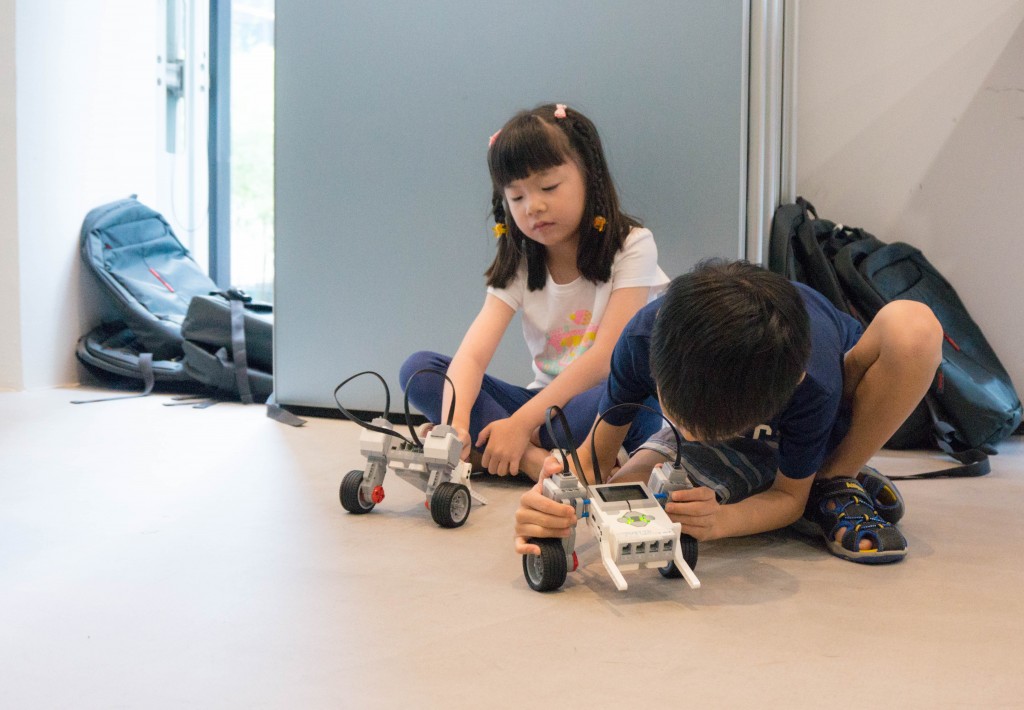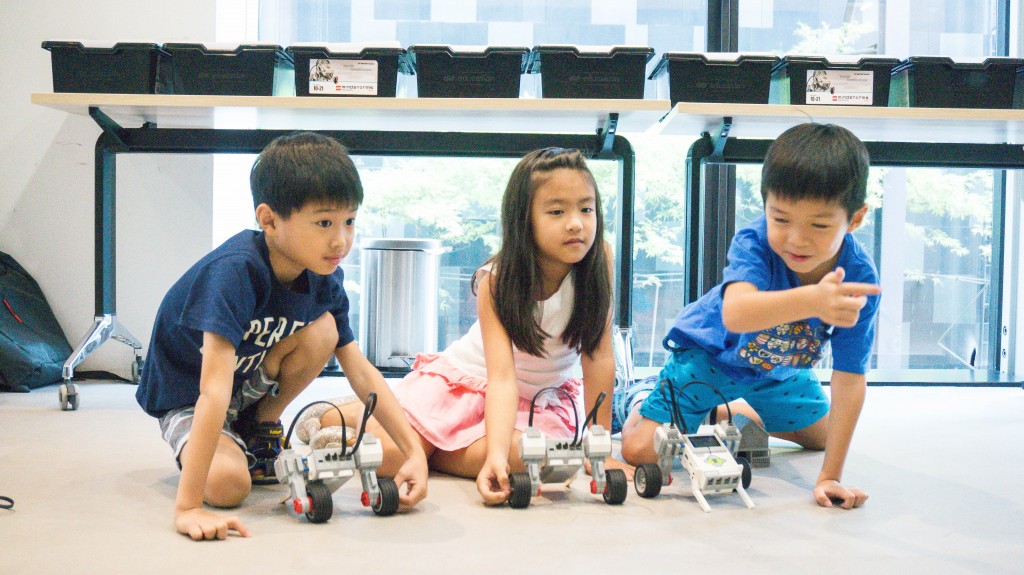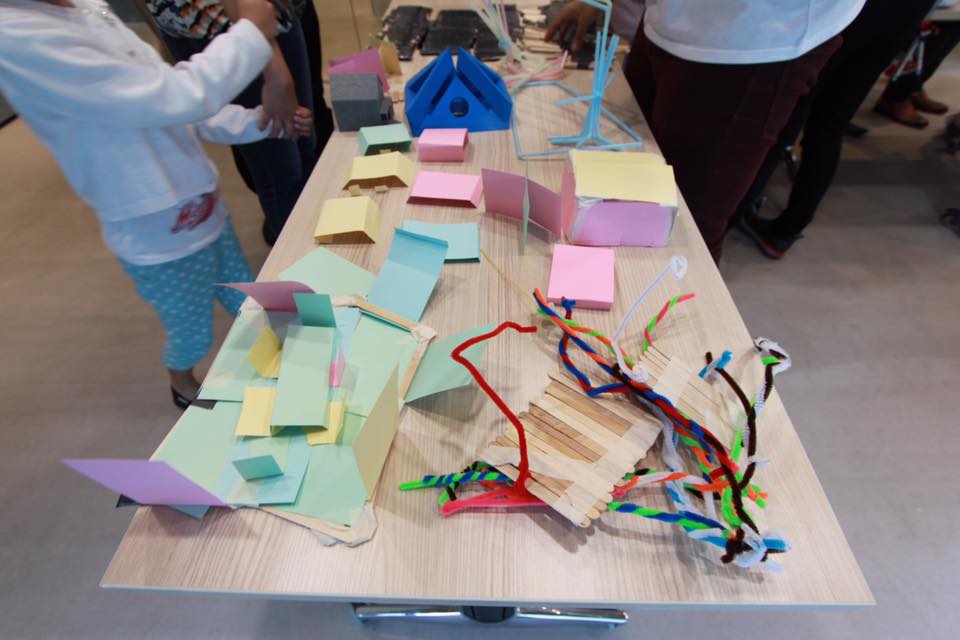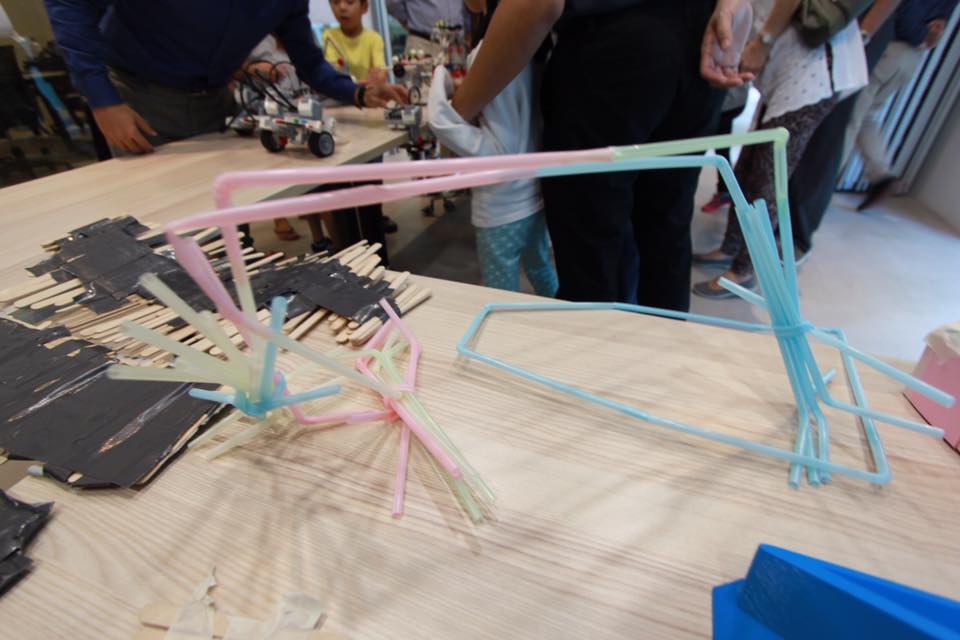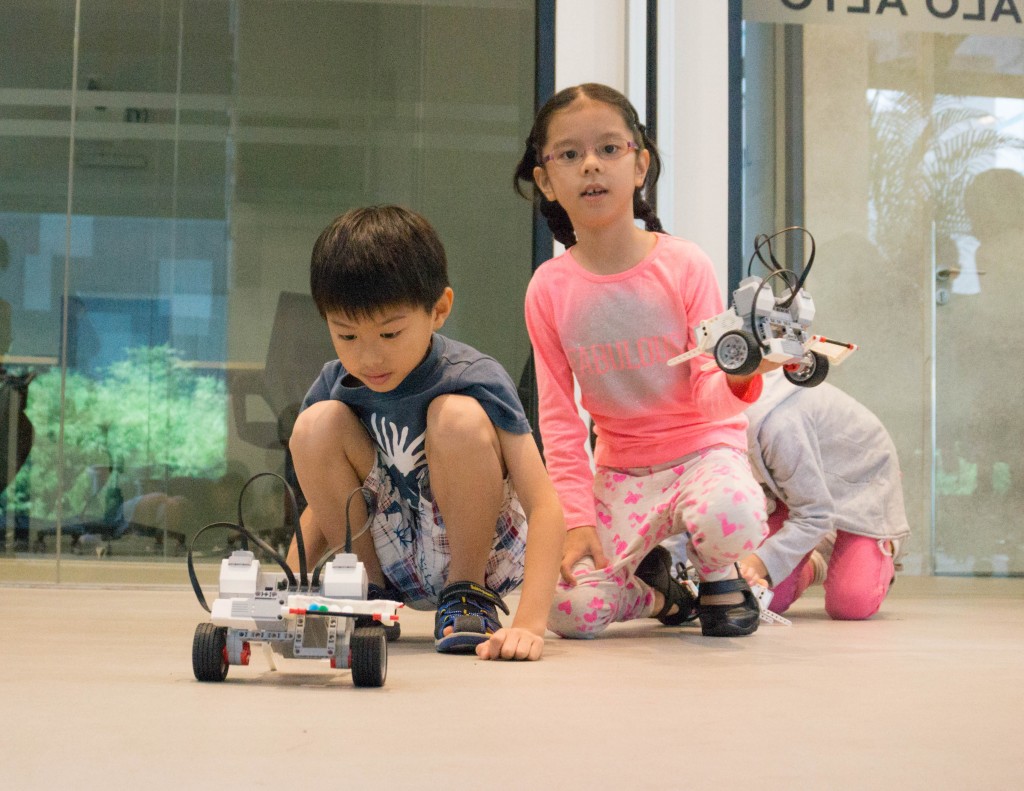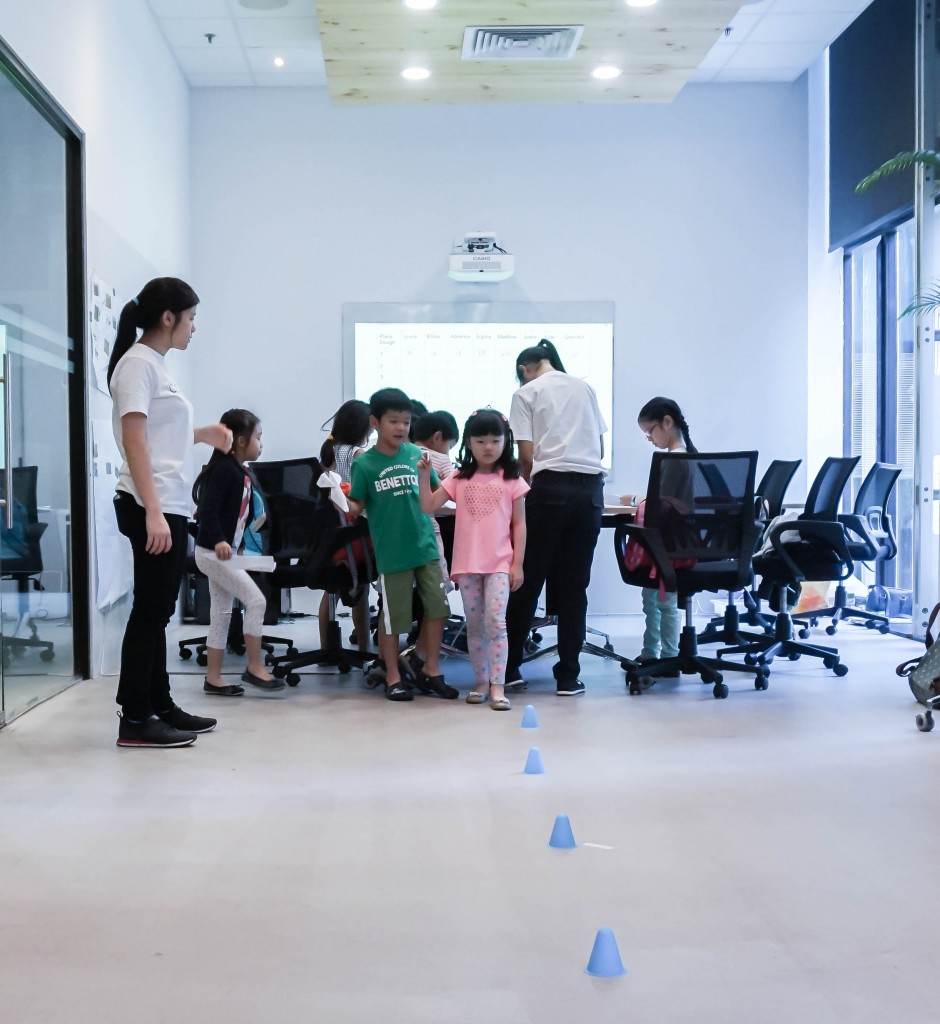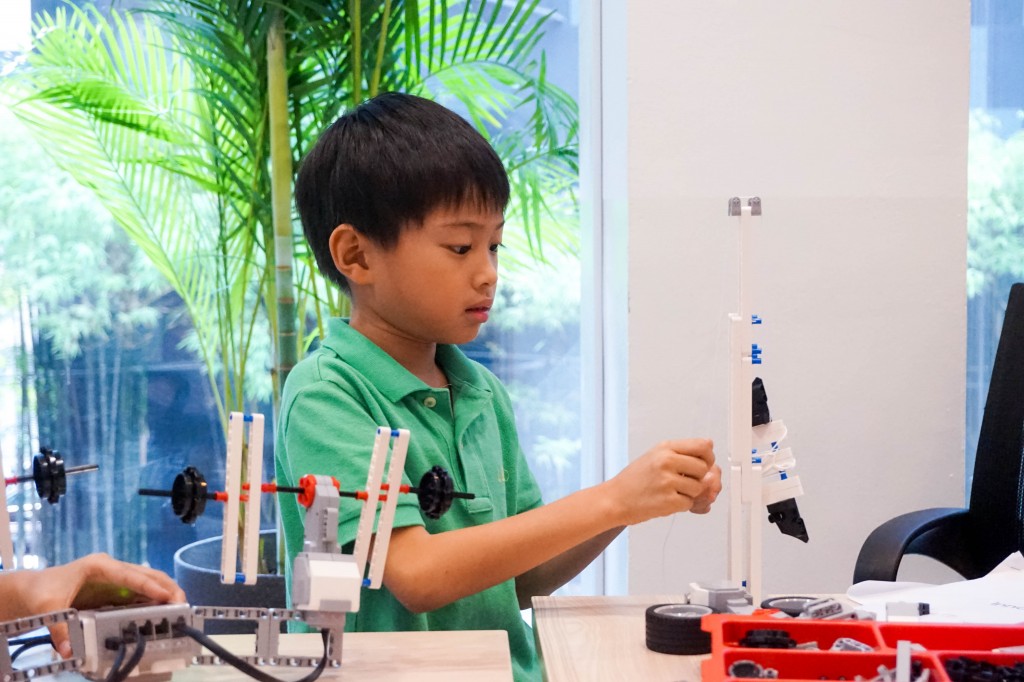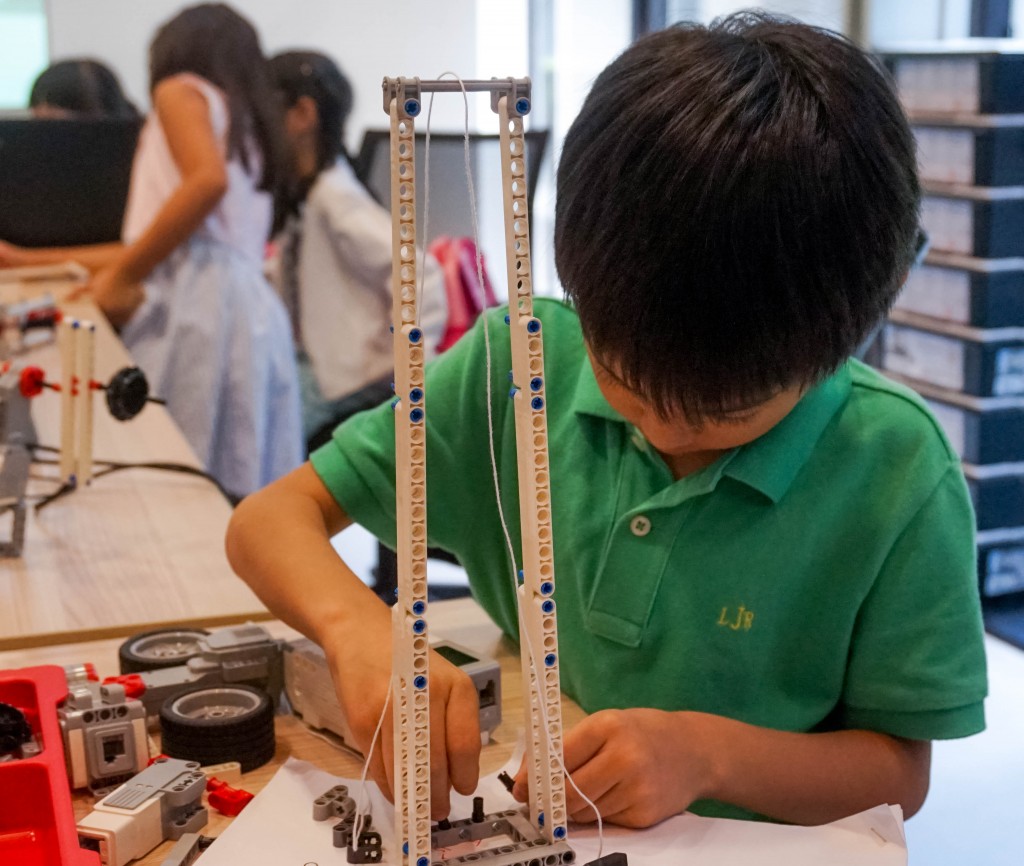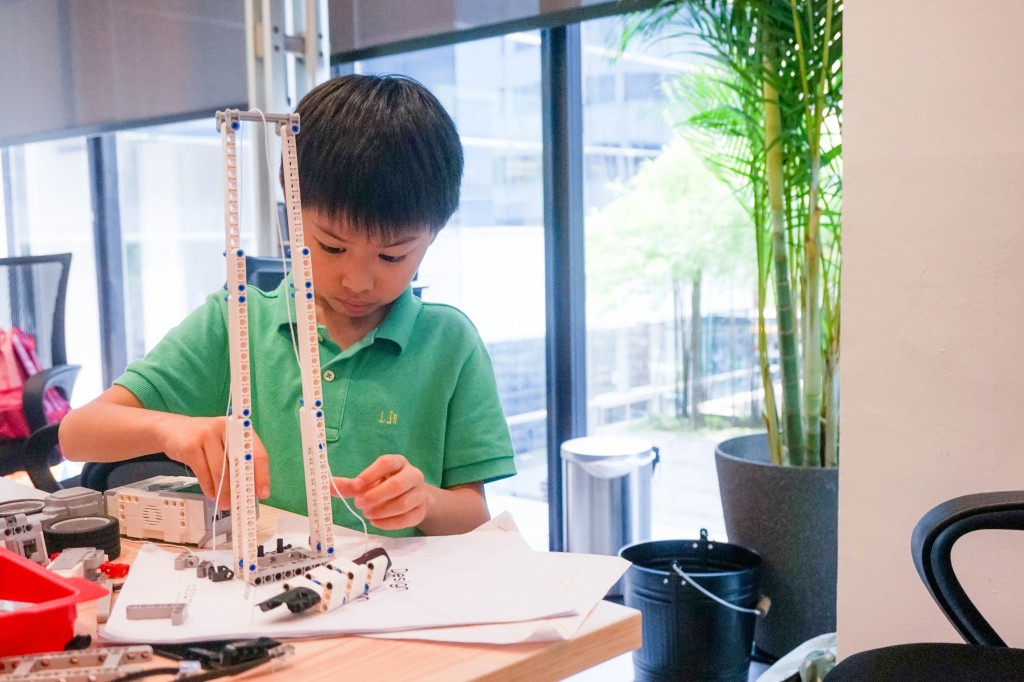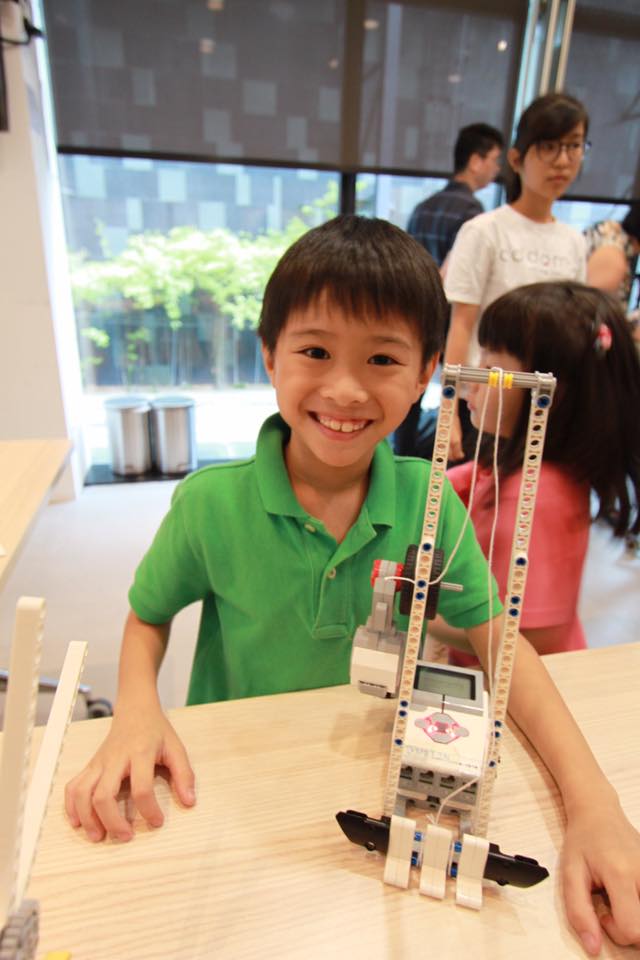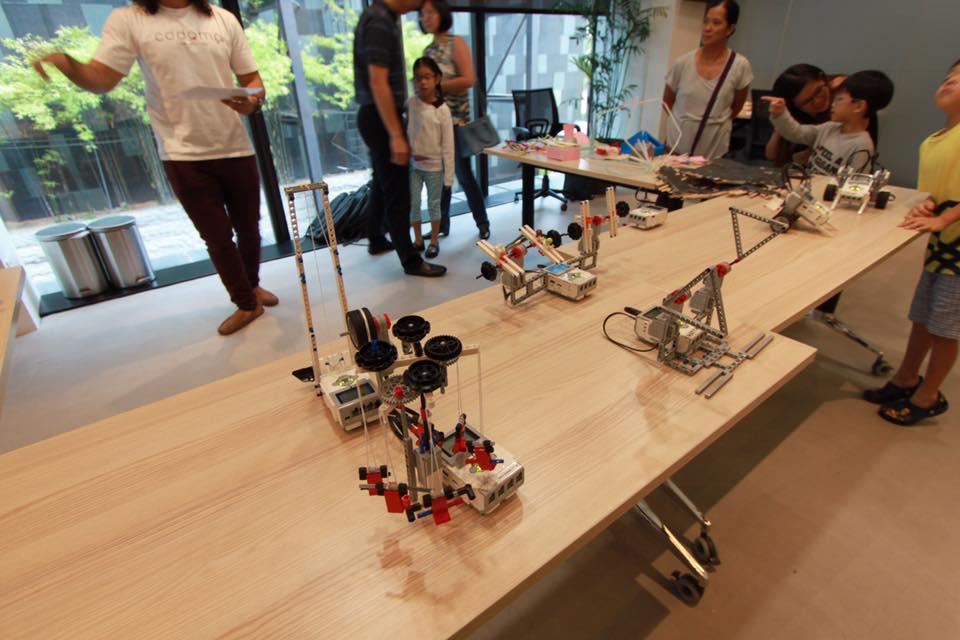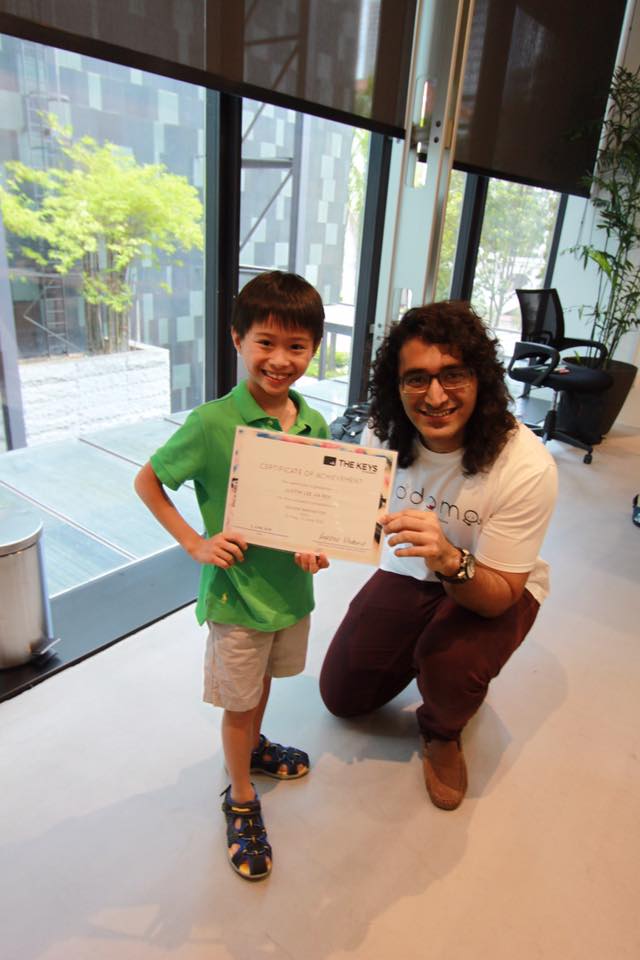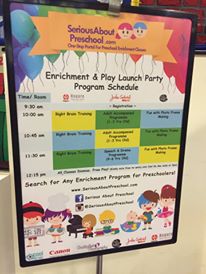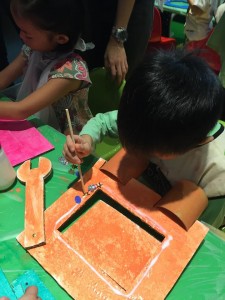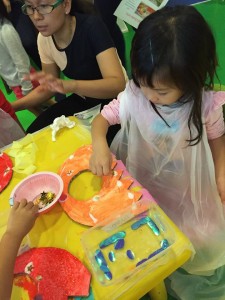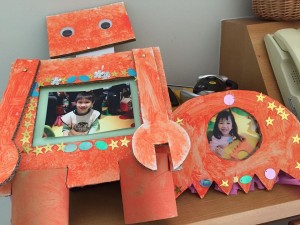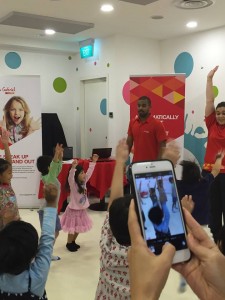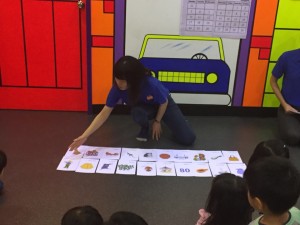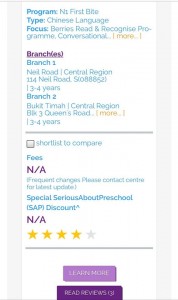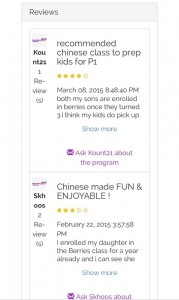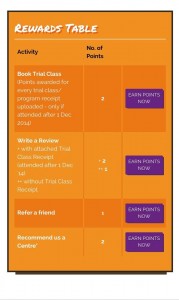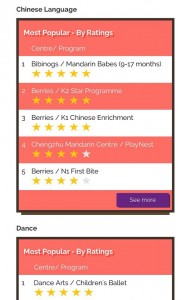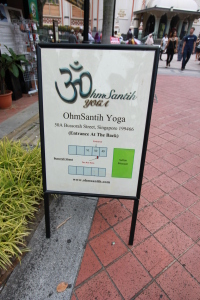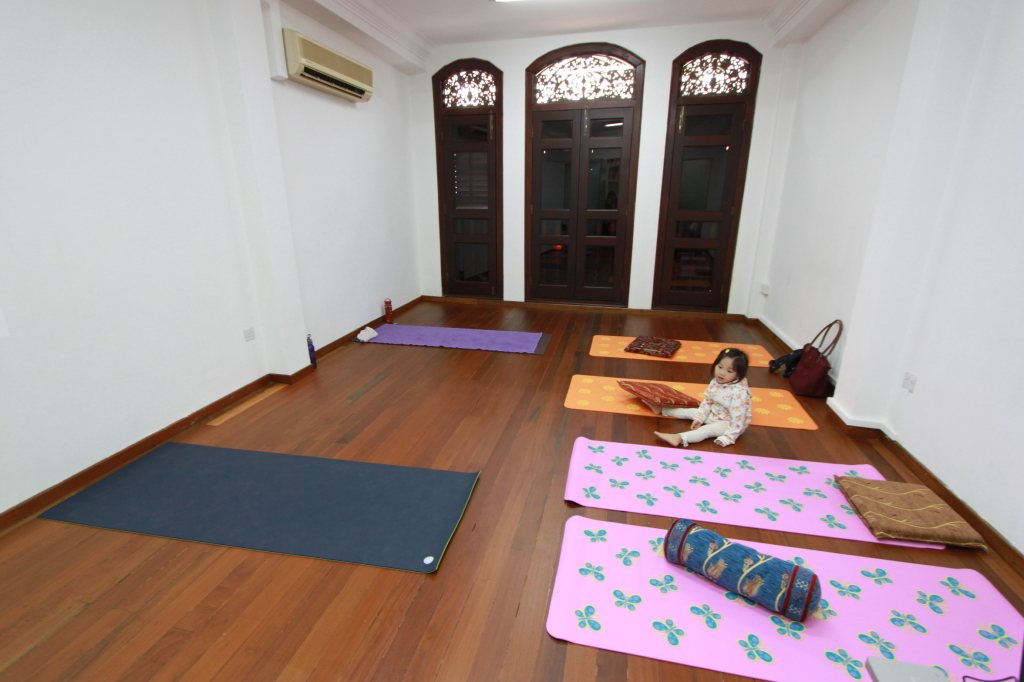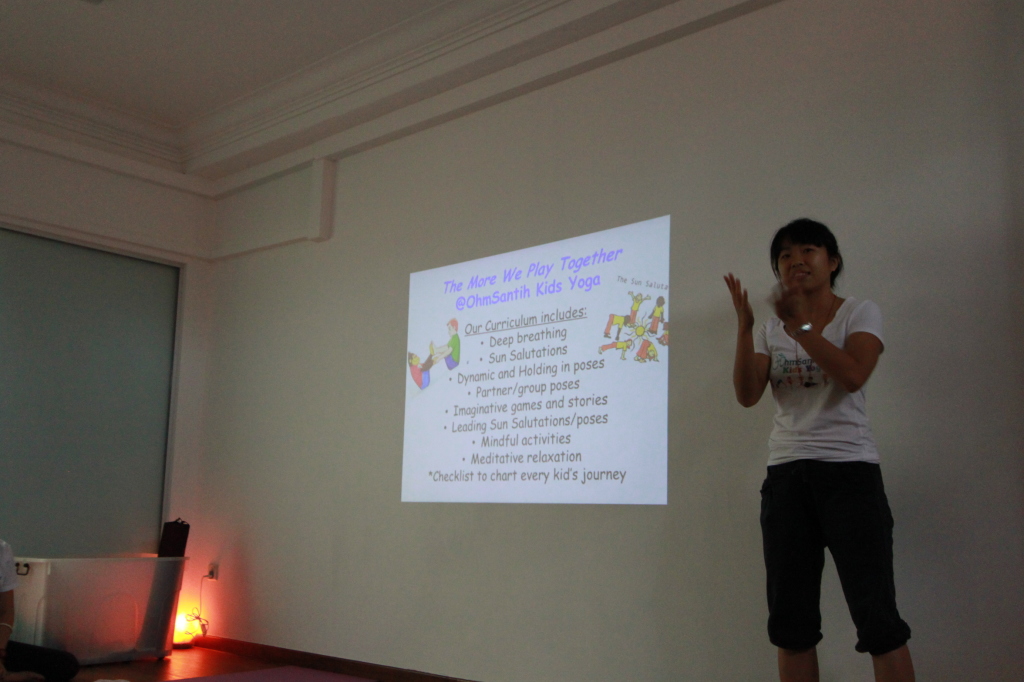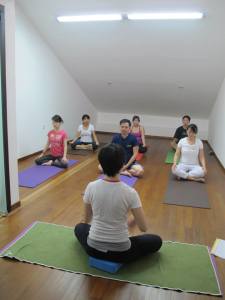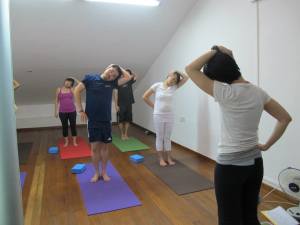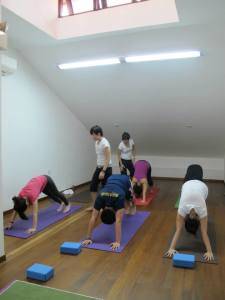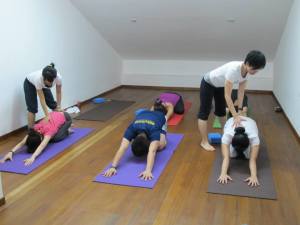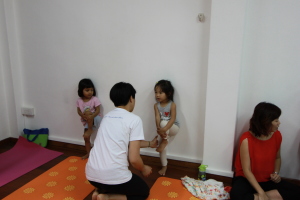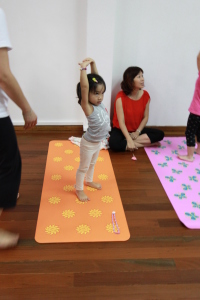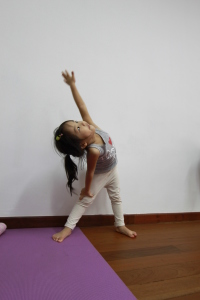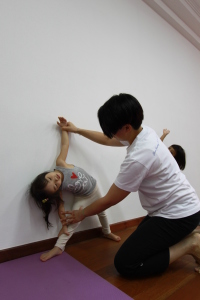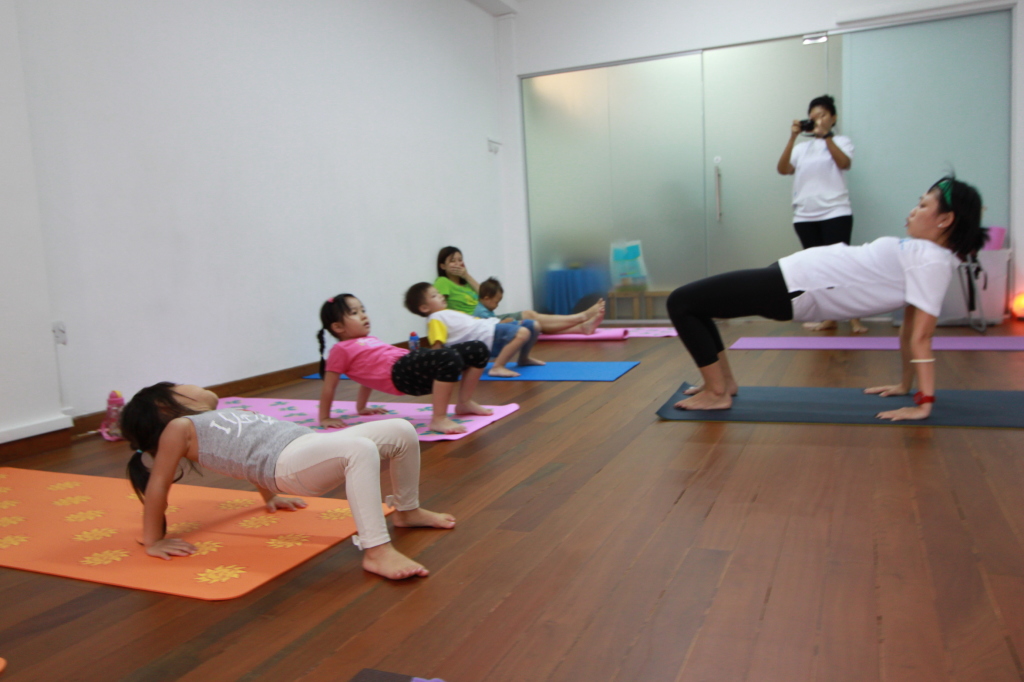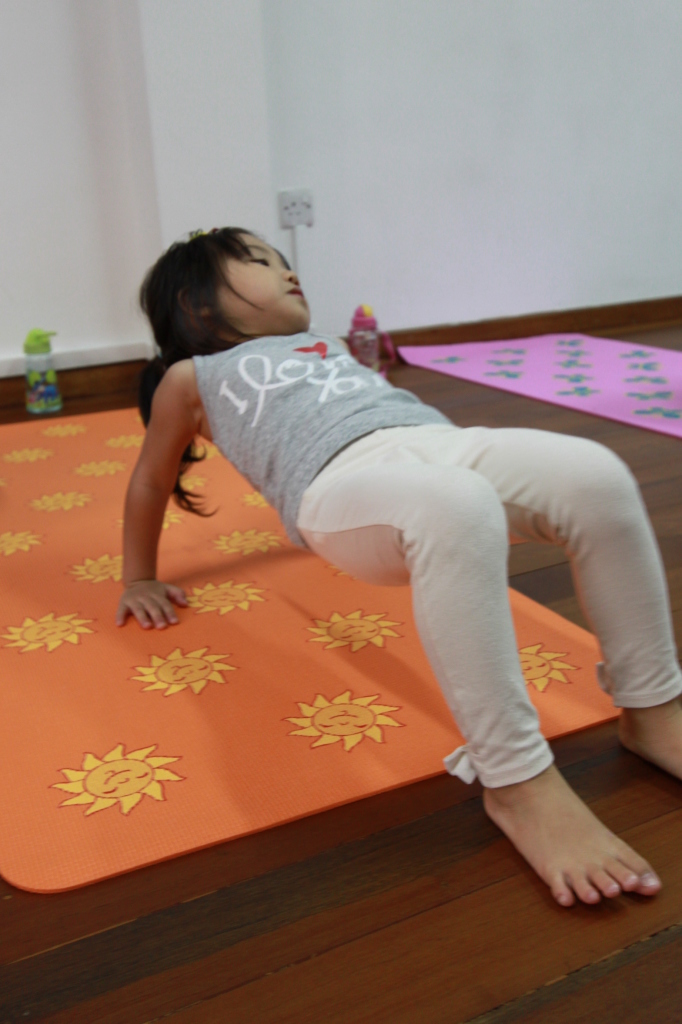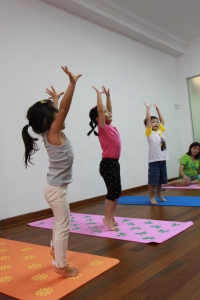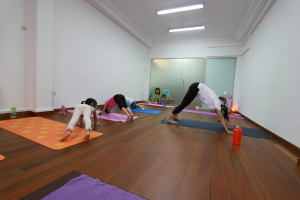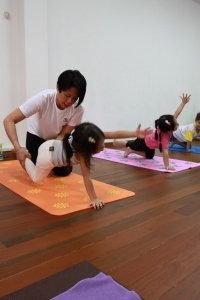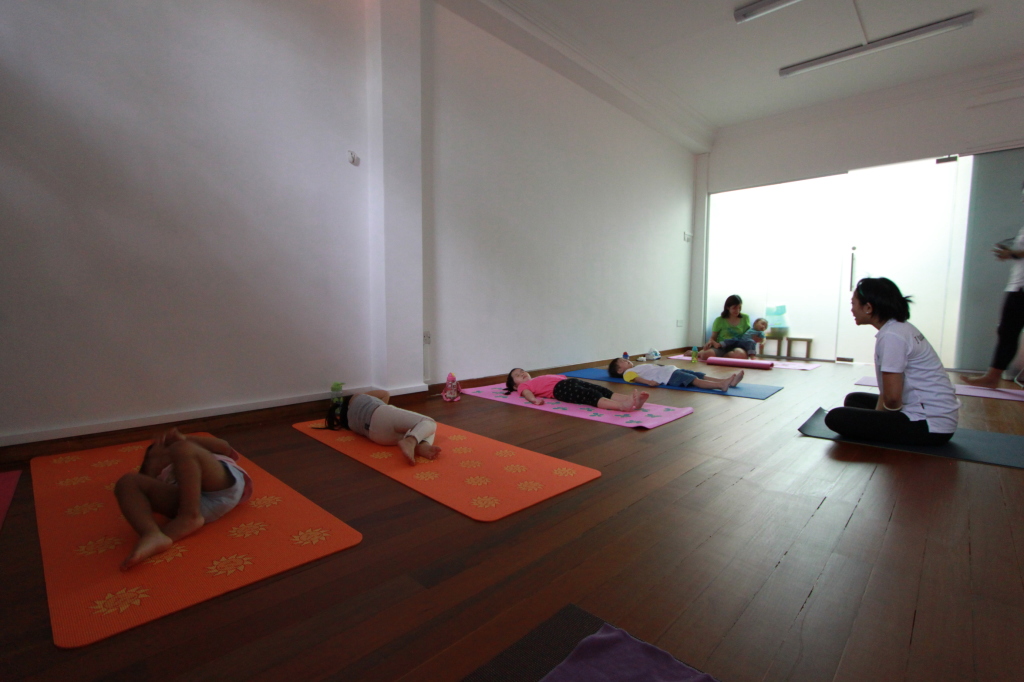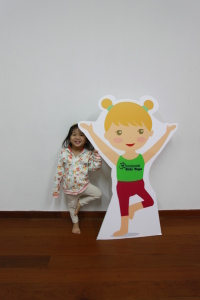I had friends who had attending Marshall Cavendish Education (“MCE”) ‘s parent workshops on Saturday which were 6 hours long and had raved about it, ie money and time well-spent. Saturdays are extremely busy days for me as the kids have classes and swim classes, so I never didn’t want to take time off from parenting duties just to attend a 6 hour long workshop.
However, as big J’s home work and review papers are no longer walk in the park, I came to the realisation that I am not equiped to guide him at home effectively, the best way forward it so to “upgrade” myself. It is just like work, what I am lacking I need to find information, attend course etc. And like what my friend put it I will reap the most value out of these workshops as I have 4 kids and they will gradually would go through the system and sitting for PSLE.
They had many workshops during the June holidays which were beneficial to me, however due to parenting duties on Saturdays I procrastinated until July and finally I took time off from my parenting duties and attended my first ever workshop with MCE which focuses on Conquering Comprehension.
During term 2 review, big J lost most of his marks in the English paper in comprehension (and it wasnt even open-ended), but after I had a read of the comprehension passage, I faulted the boy less. Even at the level of understanding of an adult, I had a double/ triple take at the questions and answers – which all require Higher Order Thinking (“HOT”) which will be further elaborated below. I even thought the correct answer was wrong. I guess these are the types of questions that differentiate the better ones over the others.
Only recently as well did I realise that unlike Chinese comprehension, the child cannot just lift off the passage. It clearly show me that I do not possess the knowledge nor strategies to properly guide big J through his comprehension section of the English paper.
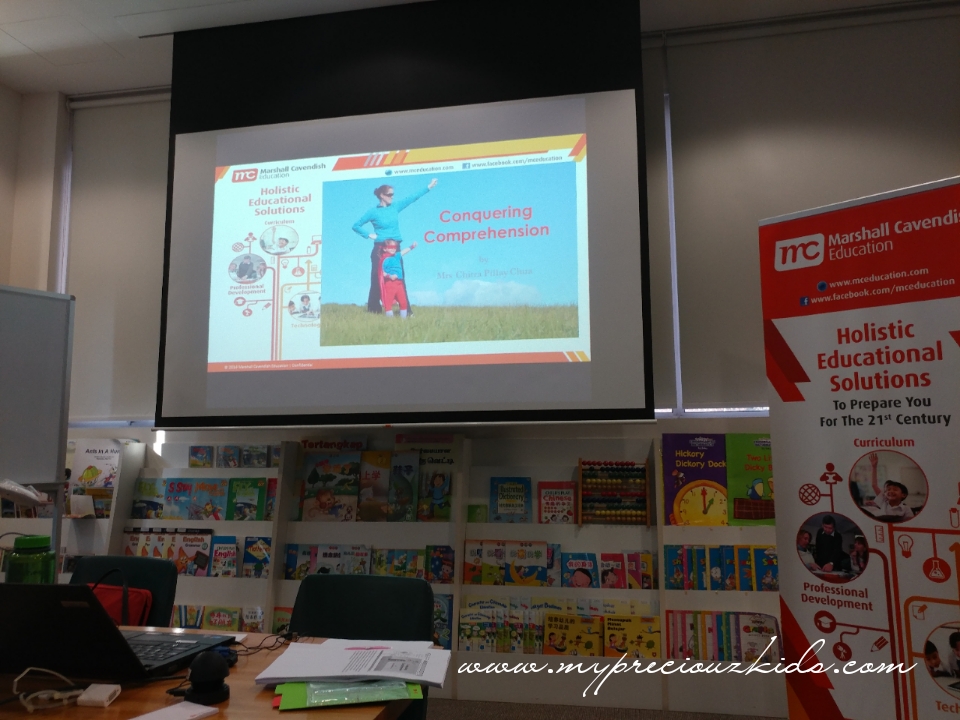
The workshop was conducted Chitra Pillay- Chua who was once a HOD of the English Department of a primary school and currently focuses her work solely on comprehension making her an expert in comprehension questions and strategies.
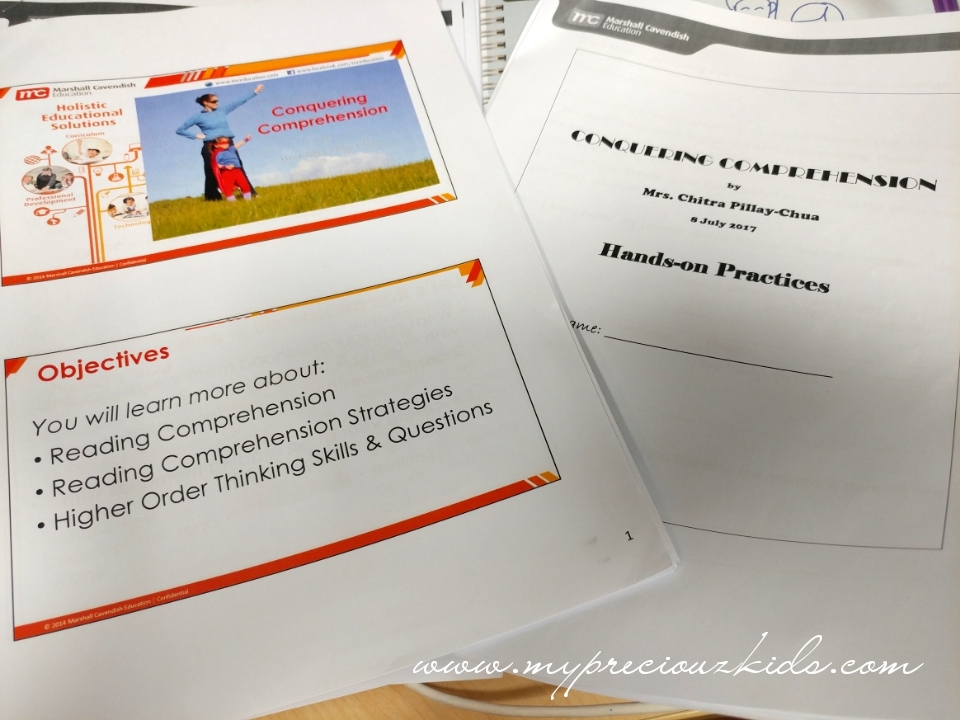
At the start of the workshop, she asked the participants what were the most common problem faced by us.
- Most were unsure of the level of understanding of the child after reading
- The child reads but cannot answer
- Improper sentence structure (during PSLE no marks will be deducted for grammatical error made in comprehension section, however this may not be the case during school reviews/test)
- Complicated questions which required Higher Order Thinking (“HOT” – will be further elaborate below)
Chitra told us the story of 2 word cutters- one a young woodcutter and one an elderly woodcutter. The young woodcutter work through lunch and chop wood incessantly non stop while the elderly woodcutter had a lunch break. At the end of the day, the elderly woodcutter had chopped more words than the young one. The young one asked the elderly woodcutter, how did you manage to chop so much wood ,and even took lunch break! The secret was that he spend some time during lunch break sharpening his axe.
So we parents who gave worksheets and drills after drills (I am also guilty of this) are liken the young woodcutter. However, if we had known the proper strategies and techniques to “conquering” comprehension, it is liken to a sharpened axe of the elderly woodcutter, ie you may not have to do many drills to get the results you want.
I also wonder how are the students in school taught composition in school. Apparently most schools test rather than teach composition. The difference lies in testing comprehension involves asking a series of questions to ascertain the level of understanding while teaching comprehension focuses on equipping students with a set of comprehension skills to assist them in understanding the text thoroughly.
The workshop was broken down into 3 components, what does reading comprehension means, common comprehension strategies and Higher Order Thinking (“HOT”).
Reading comprehension
Reading does not equate to understanding. A voracious reader may not necessarily do well in comprehension.
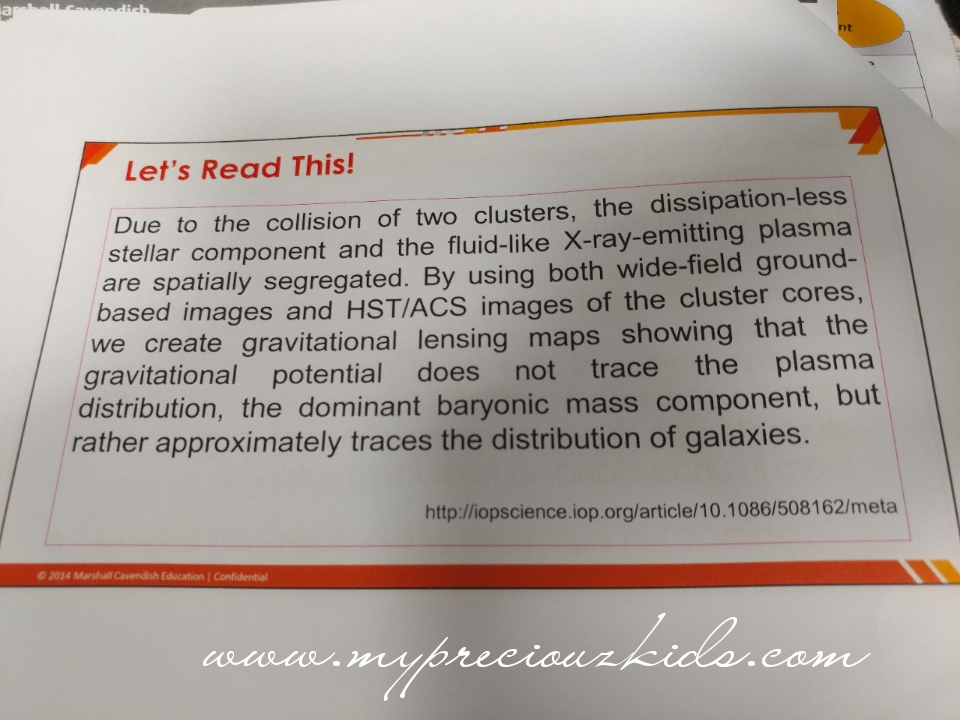
All the participants were given this passage to read. How much do you understand of this passage after reading? How would we be able to understand this better?
The answer: Background knowledge
If we had knowledge about galaxies or astronomy subjects, we would have a better understanding of this passage. However, none of the participants had a clue what this paragraph means as we have little or zero background knowledge to the subject in this paragraph. Many a times the child is able to read the passage but unable to comprehend the passage given due to lack of background knowledge.
There are some factors which could assist in understanding what you have read
-Knowledge / background to assist comprehension
Most of the times, the child may just be focusing on recognising the words , blending the letter sounds to read the words ie decoding. Those who are weak in comprehension do not make connections between what they read to what they already know (ie background knowledge) and they do not think deeply what is being read which bring to the next point. Some of the ways to mitigate this to accumulate a variety of knowledge and experiences through reading, exposure through travels, trip, outings, museum, etc.
-Good readers think while they read
One of the best ways to encourage this is to model our thinking. Reading a comprehension and articulating our thinking as we read along is one way to improve understanding of the content. So instead of just reading the comprehension passage with child, articulate your thoughts throughout the passage so that when the child does the same during his own reading. .
– Annotations
This is a good practise to make little notes, arrows or even emojis – sad face, smiley face, question marks etc as the child read the passage to activate the thinking process as the child is reading.
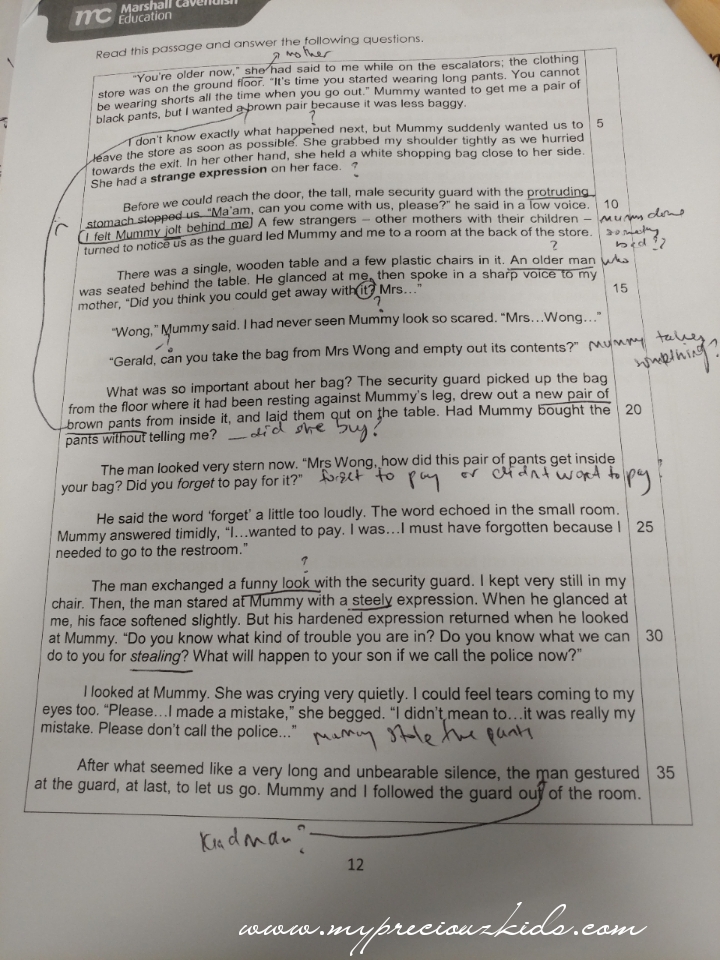
The participants had a hands-on practice on annotations while reading through the passage
Common Comprehension strategies
There are many comprehension strategies, Chitra shared the 4 more common strategies.
1.Make connections with background knowledge
Throughout the workshop, much emphasis has been given to the importance of background knowledge. For example while reading a passage about going to the beach, you can relate an experience of a recent beach outing so that they can make connection to the words/passage that they were reading. If you make a connection to yourself, it is called a text-to-self connection; if you make a connection from the story you are reading to another story you have read, it is called a text-to-text connection; and, if you make a connection to something you have seen on the news or to an experience someone you know has had, it is called a text-to-world connection.
2. Inferencing ie reading between the lines
This strategy requires readers to evaluate or draw conclusions from information in a text. Authors/ writers do not always provide complete descriptions of, or explicit information about a topic, setting, character, or event. However, they often provide clues that readers can use to “read between the lines”-by making inferences that combine information in the text with their background knowledge.
3. Summarise
Somebody…..wanted….but….so….then. Doing a short summary of the passage after reading also improve understanding and for parents a way to test the level of understanding. For example the story of The Little Read Riding Hood could be summarised as a somebody wanted to visit her grandma but met a wolf along the way and told him about her grandma, so the wolf ate grandma , then the woodcutter manage save the grandma and her.
4. Ask questions
If the child ask questions about what is happening in the story, a character’s feelings, or wonder what will happen next, the child will be engaged in his reading, and that will help him understand on a deeper level.
Higher Order Thinking (“HOT”)

There is a difference between answer that can be found in the text or in my head. Answers that can be found in the text falls in the lower two level of Bloom’s taxonomy which are more on remembering and understanding typically for p1 and p2 level. For more difficult questions which requires application, analysing, evaluating or even creating, this require HOT. For such questions, the answers are in my head , is not located in the text and can be obtained by making inferences. Some questions may requires your own opinion/experiences which is the highest level in the Bloom’s taxonomy – creating!
Hence for one same passage, can be used for lower or upper primary depends on the type of questioning. For lower primary, the questions will be more in the text, while in upper primary, the questions will require more HOT and in your head.
It was a very informative 6 hour session as I learnt skills to teach (not test) my son in doing his comprehension and most importantly, how to improve understanding when reading (not just for comprehension but any form of reading). We also had many hands-on practices to further apply what we have learnt with hope that we can guide our child more effectively at home. At least, now I have a clearer picture on how to use the comprehension strategies to teach comprehension to my p2. There was also an article on Straits Time early this year on parents attending tuition to help the kids. I believe such parents (myself included having attended my first tuition) would like to be avoid the tuition route , to be more involved and hands-on in our child’s education and to better understand the MOE syllable.
Marshall Cavendish Education is currently working on the second half year schedule and relooking at the formatting of the workshop . Do bookmark this page for their future workshops that you maybe interested in. Below as some of the type of courses that they have organised for parents of p1 to p4 and PSLE preparations for parents of p5 and p6.
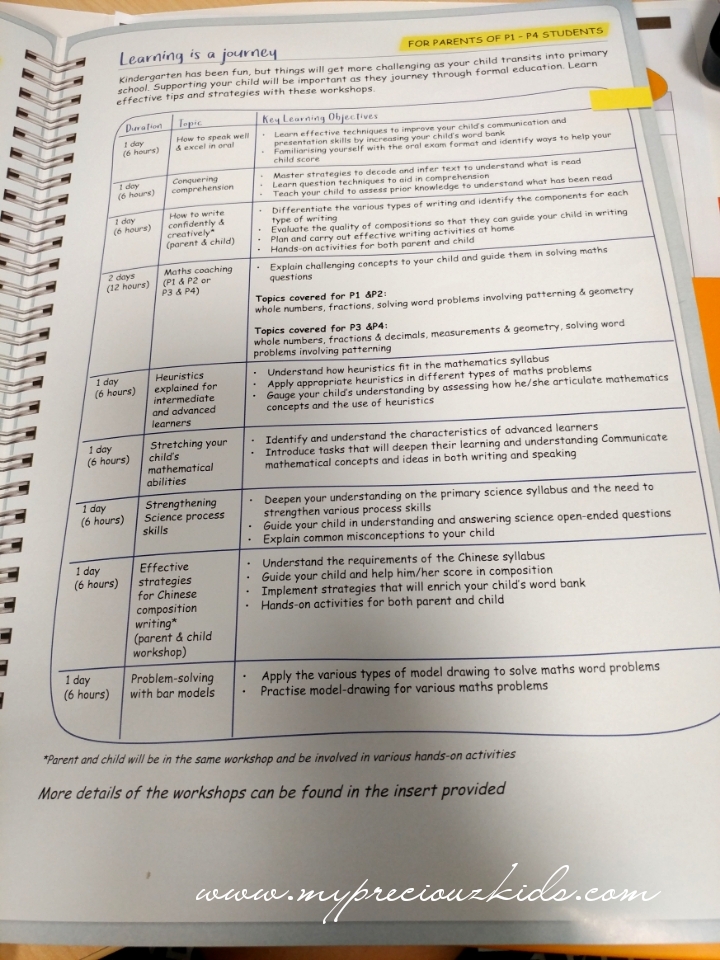
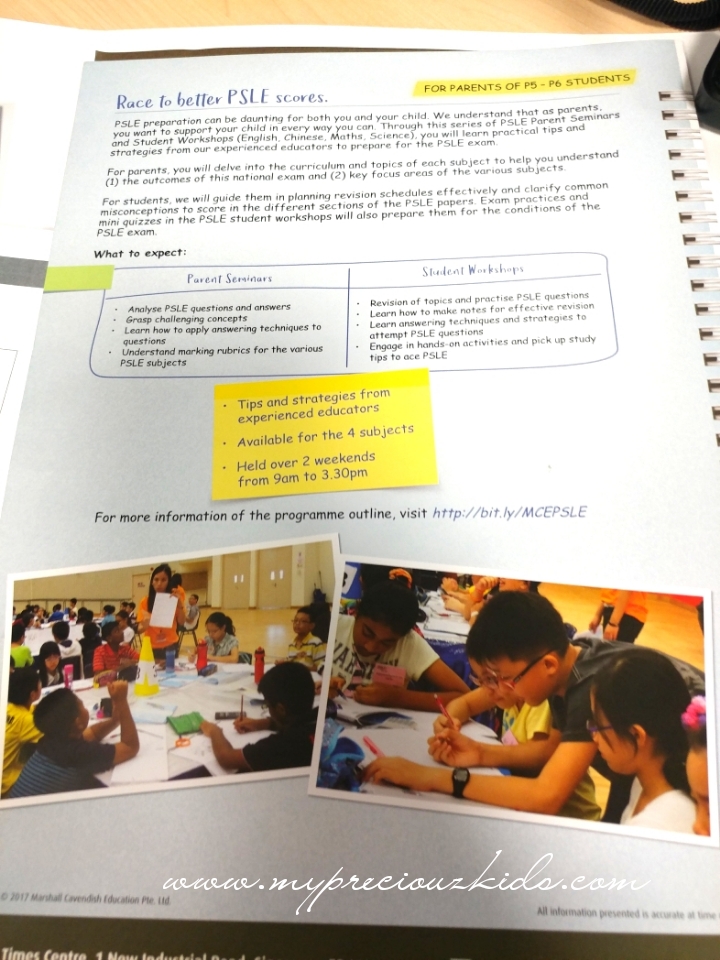
Marshall Cavendish Education
No.1 New Industrial Road
Times Centre
Singapore 536196
T: (65) 6213 9300
E: marketing@mceducation.com
Website
Facebook
Instagram
Disclaimer: This is a sponsored post. No monetary compensation was received. All opinions are my own.
Share the article





